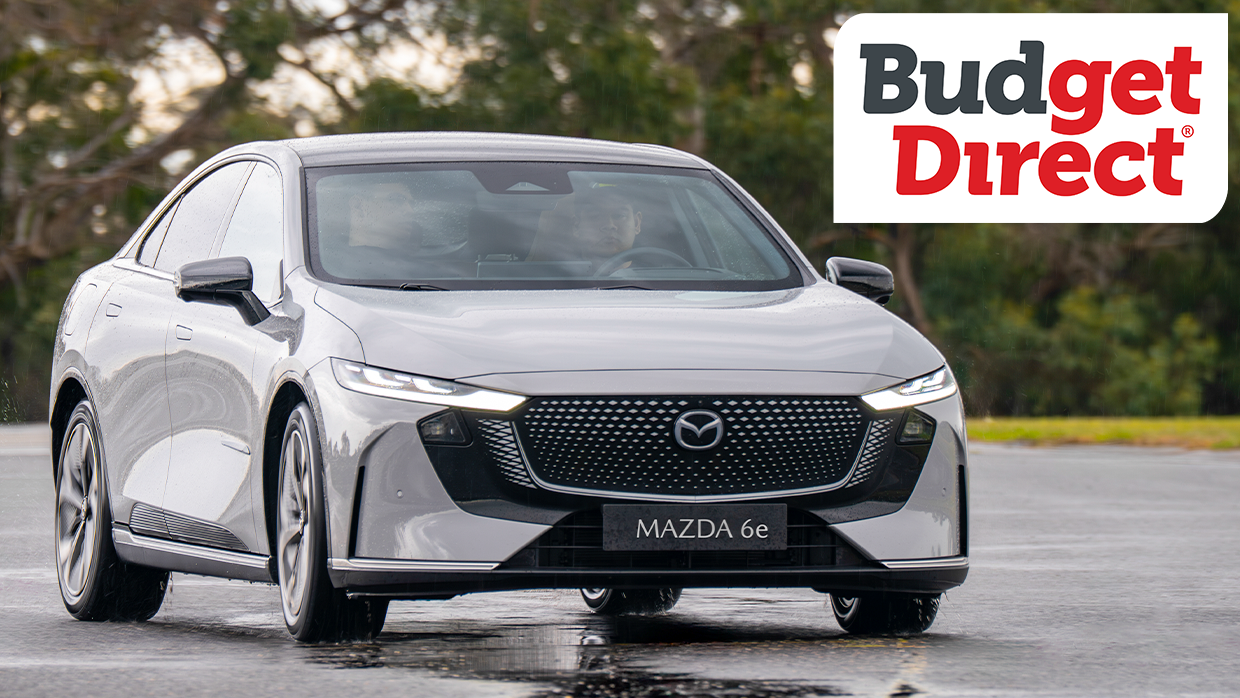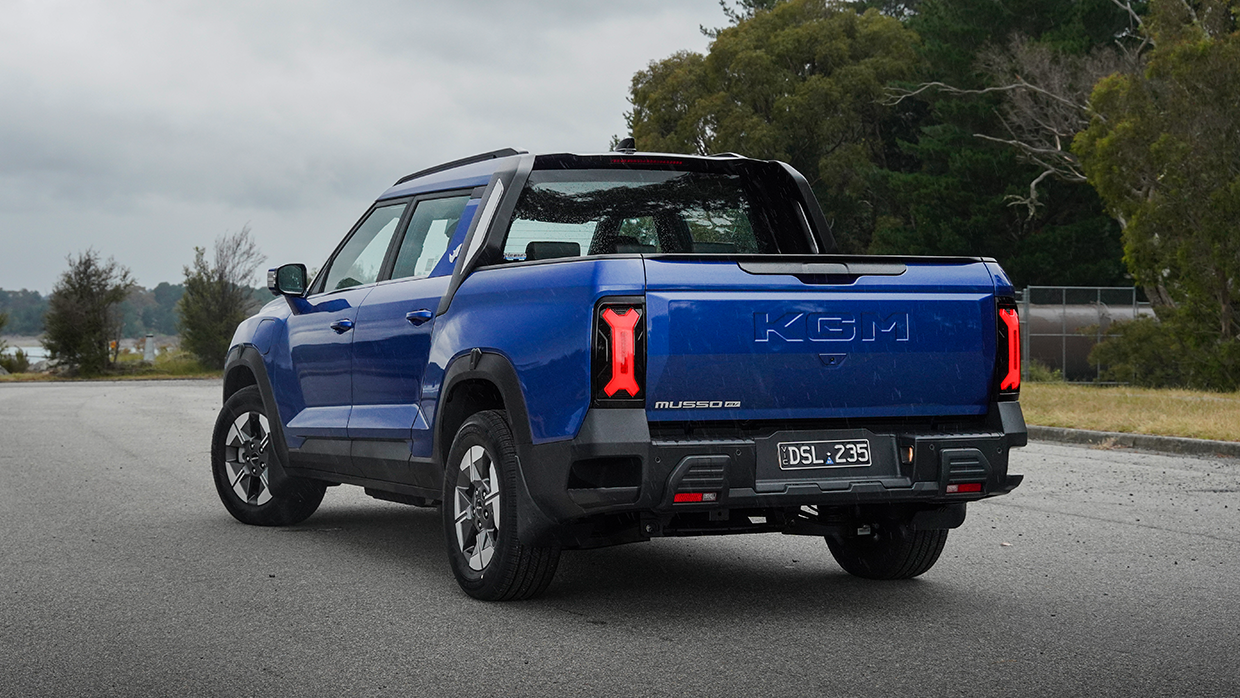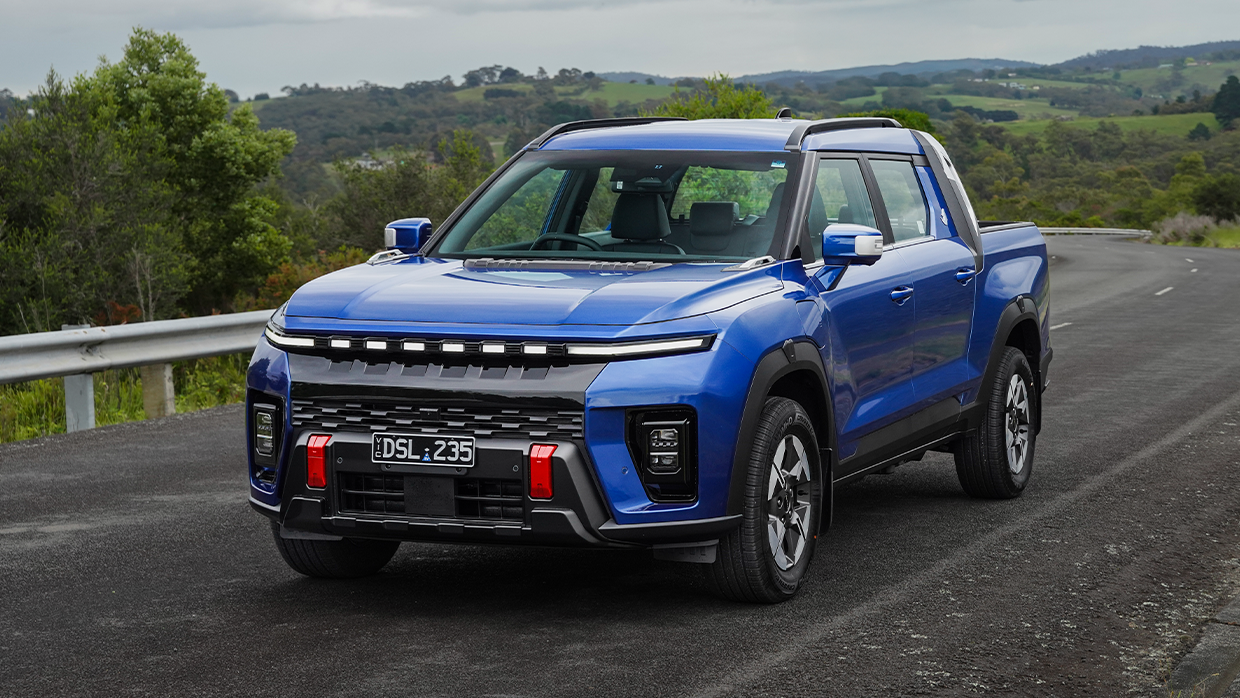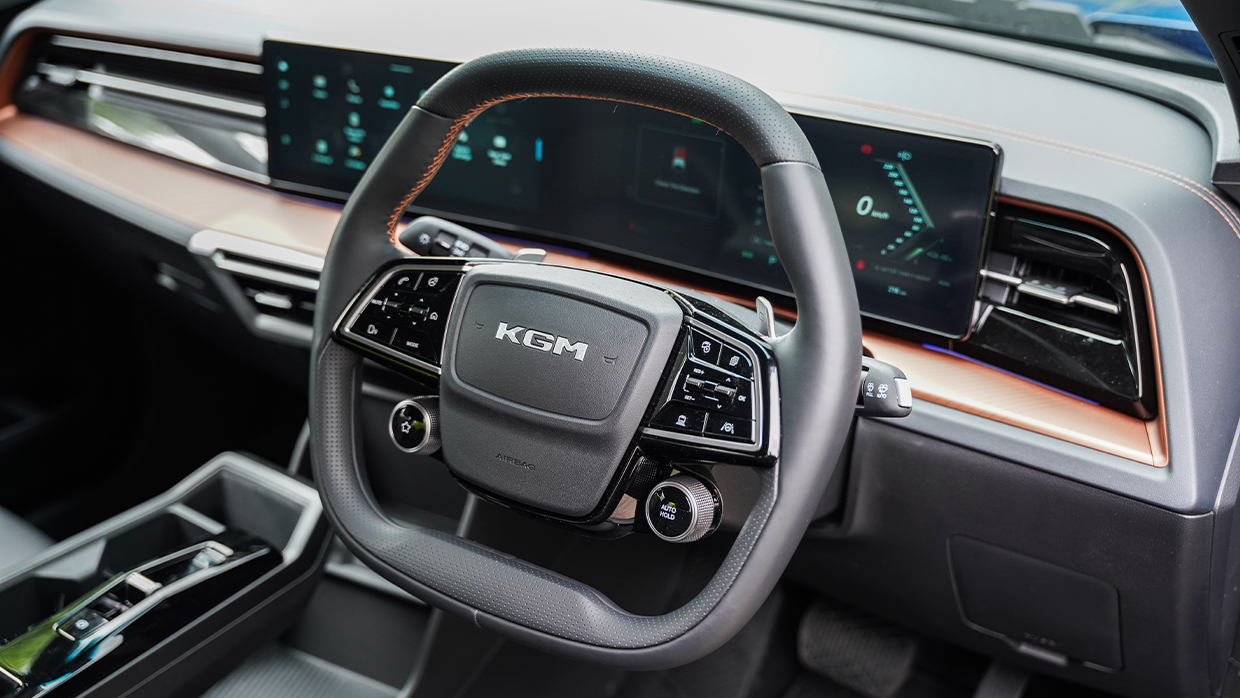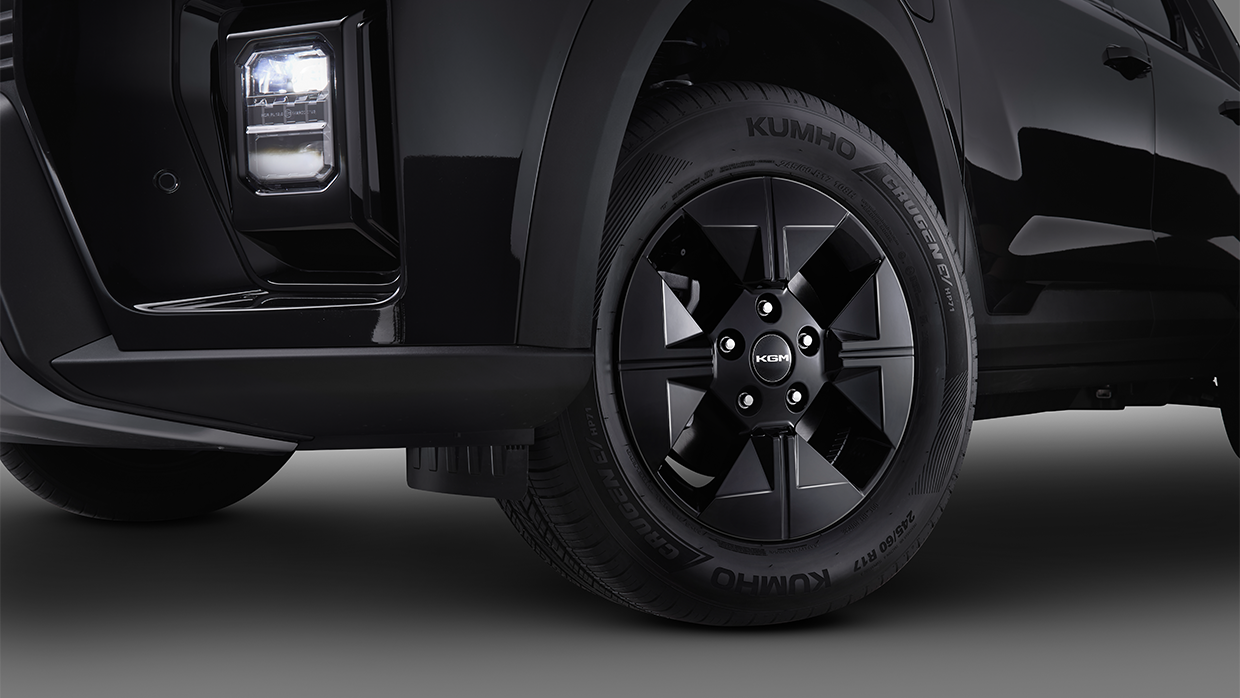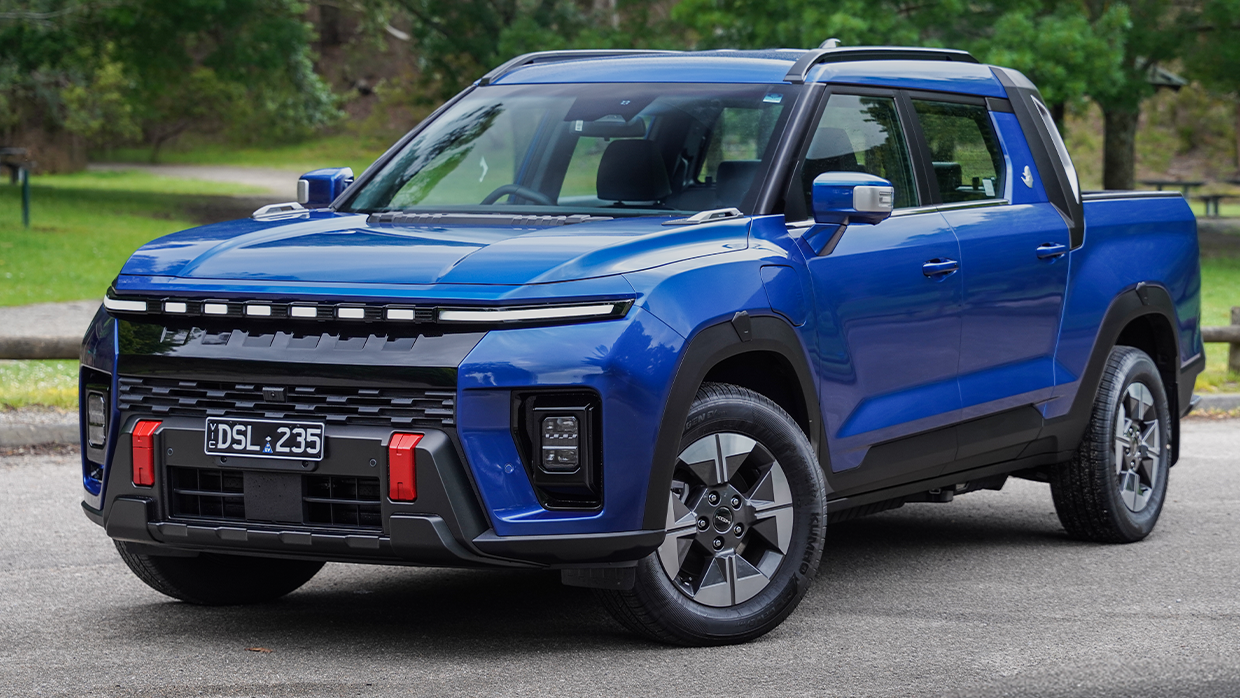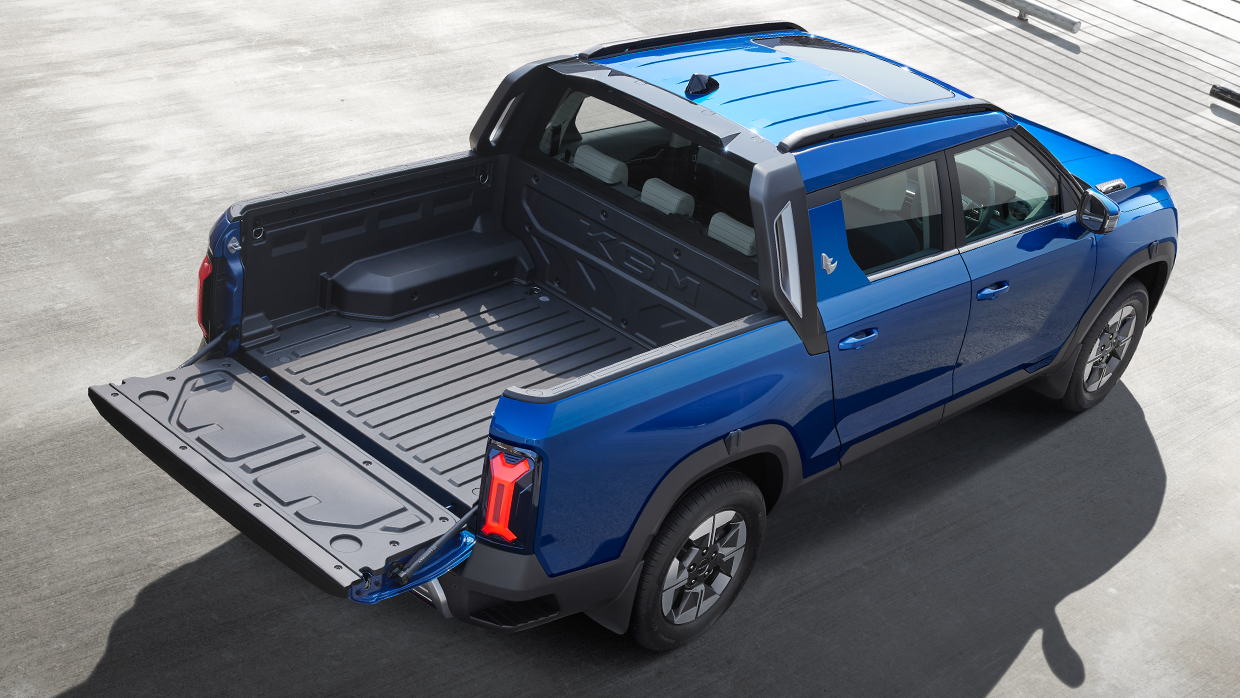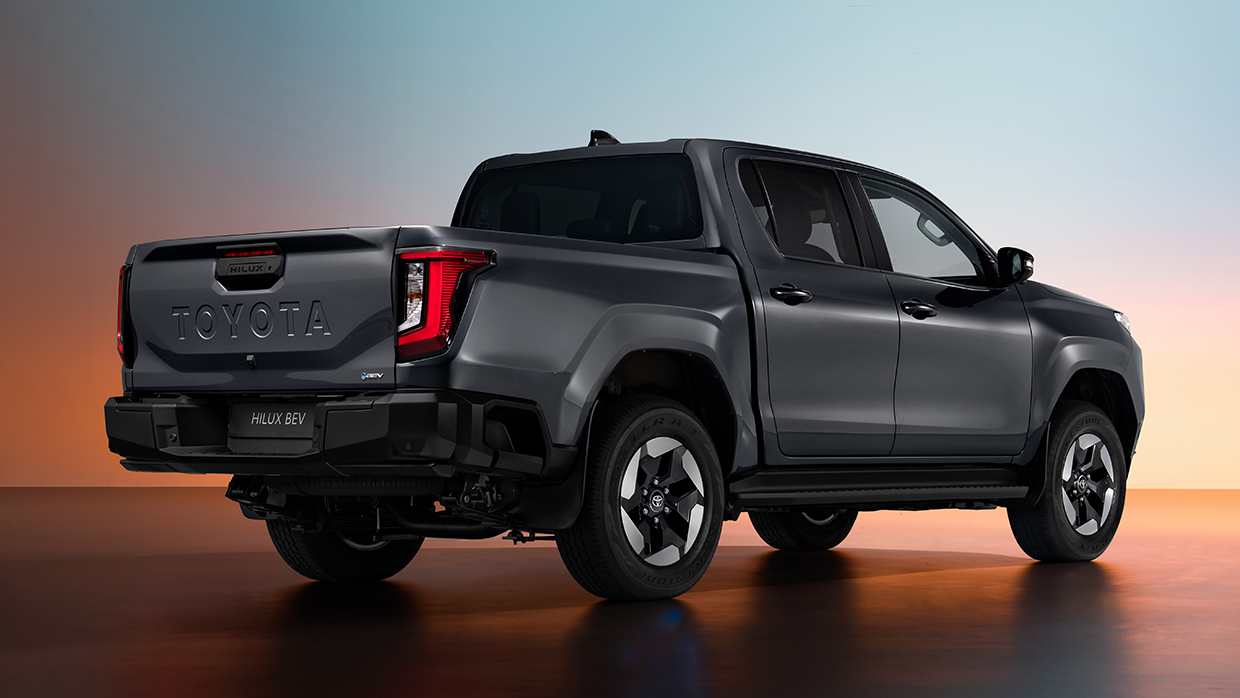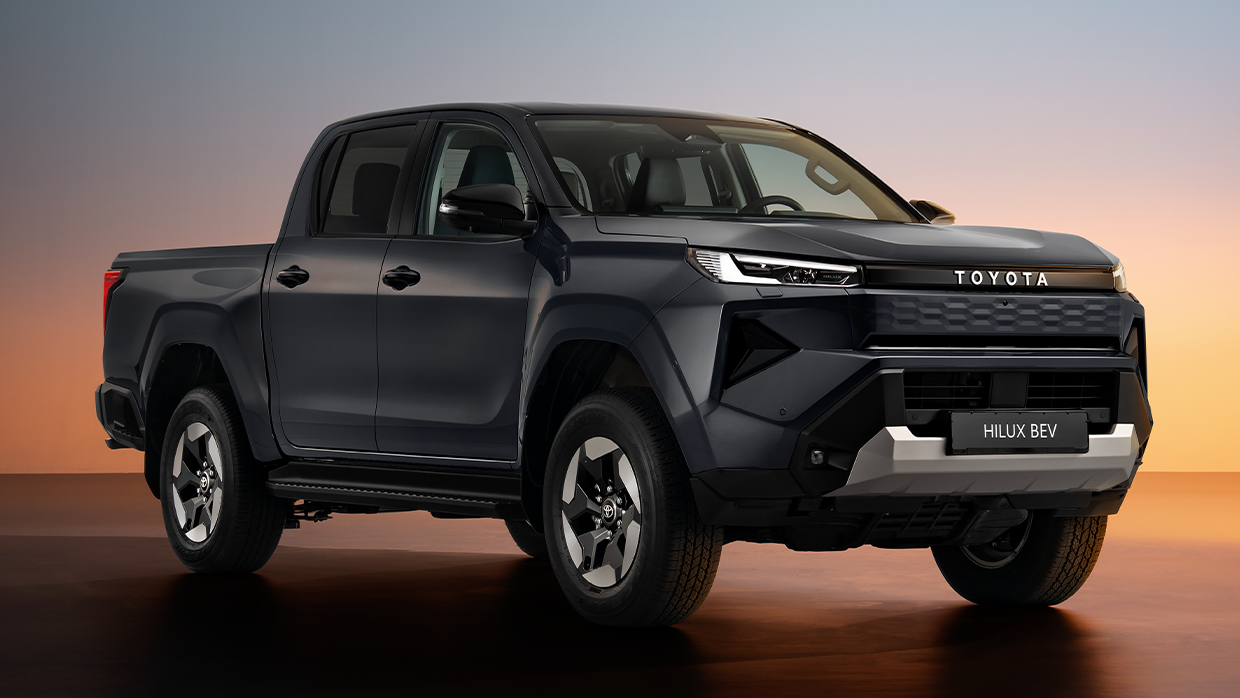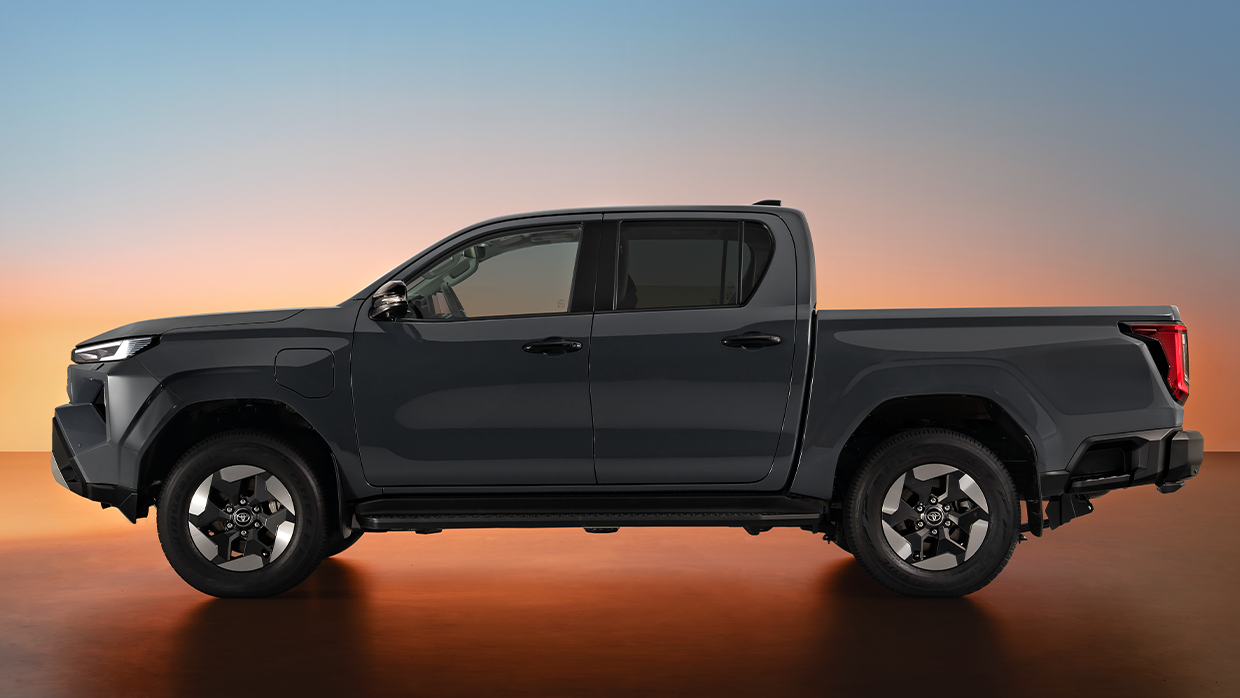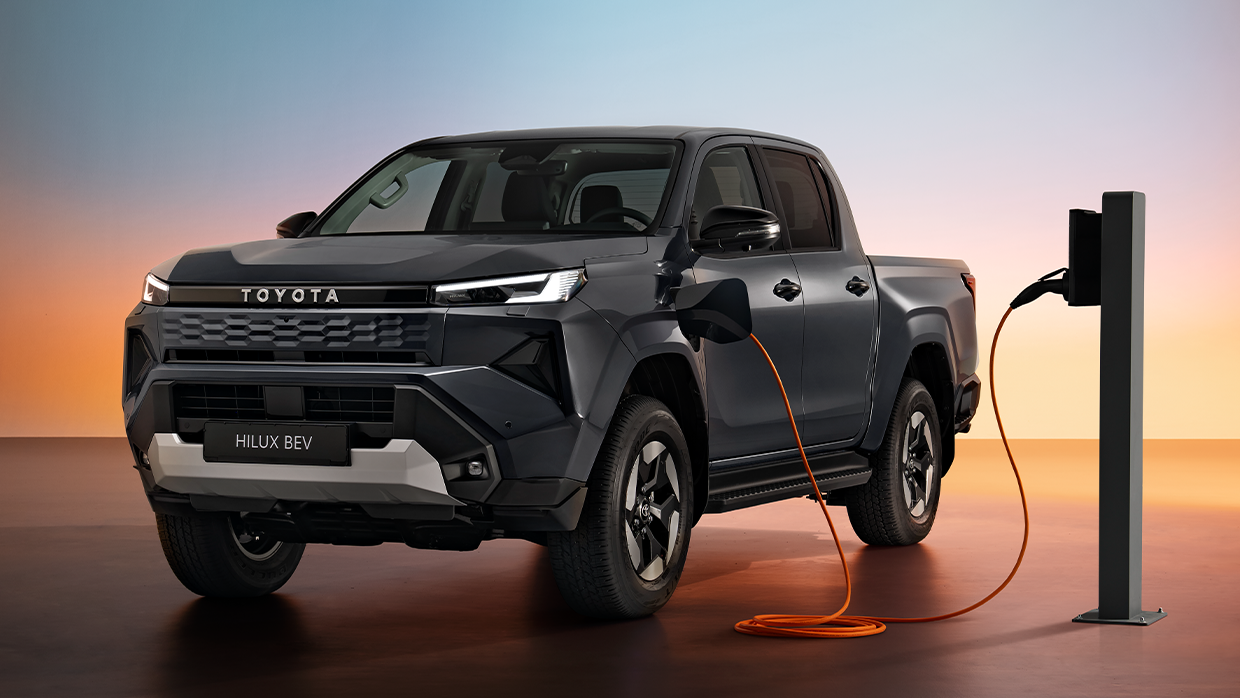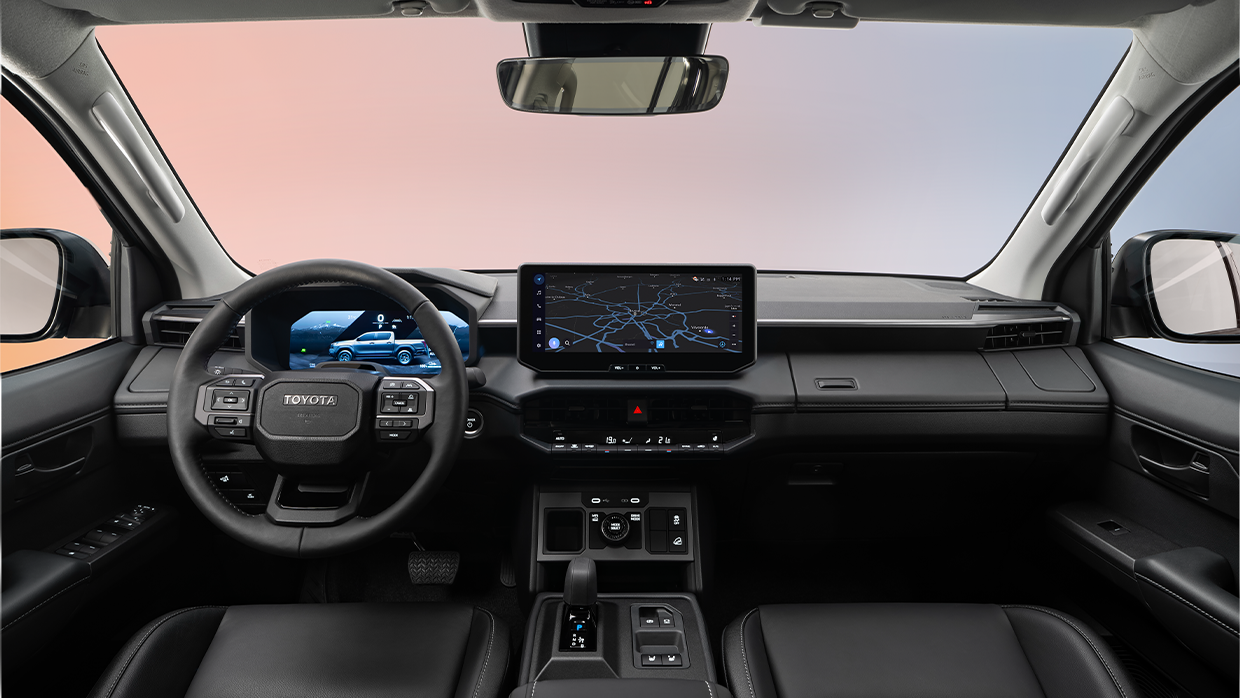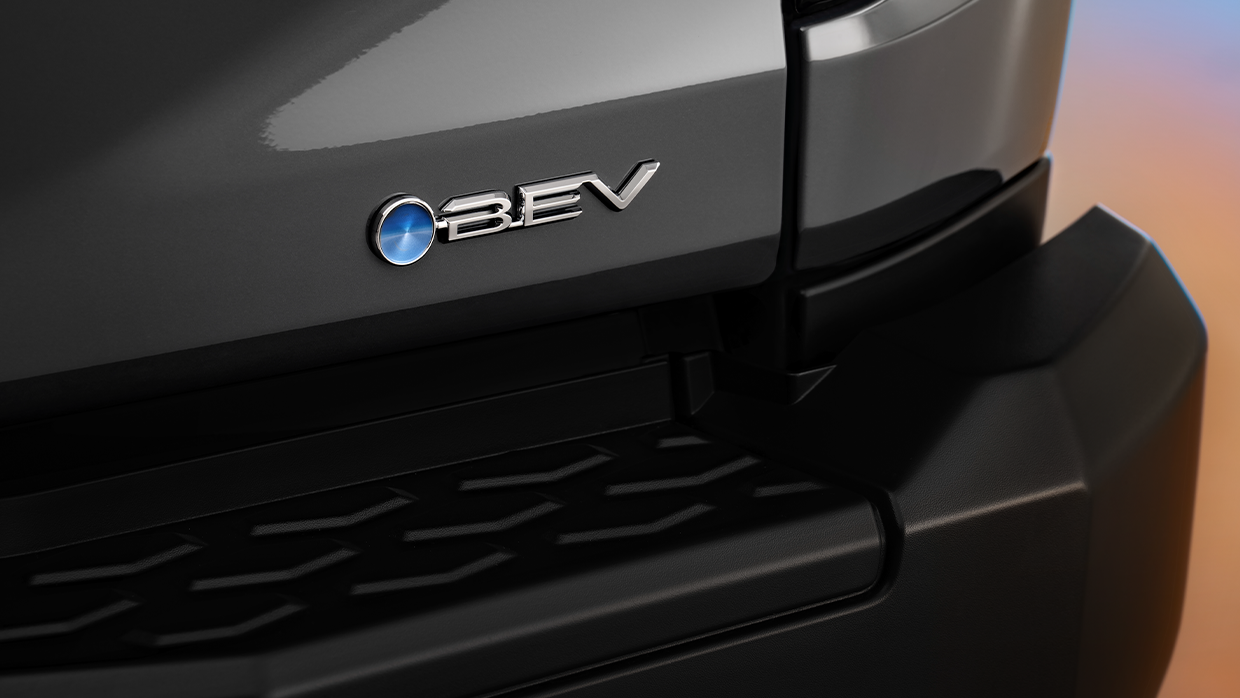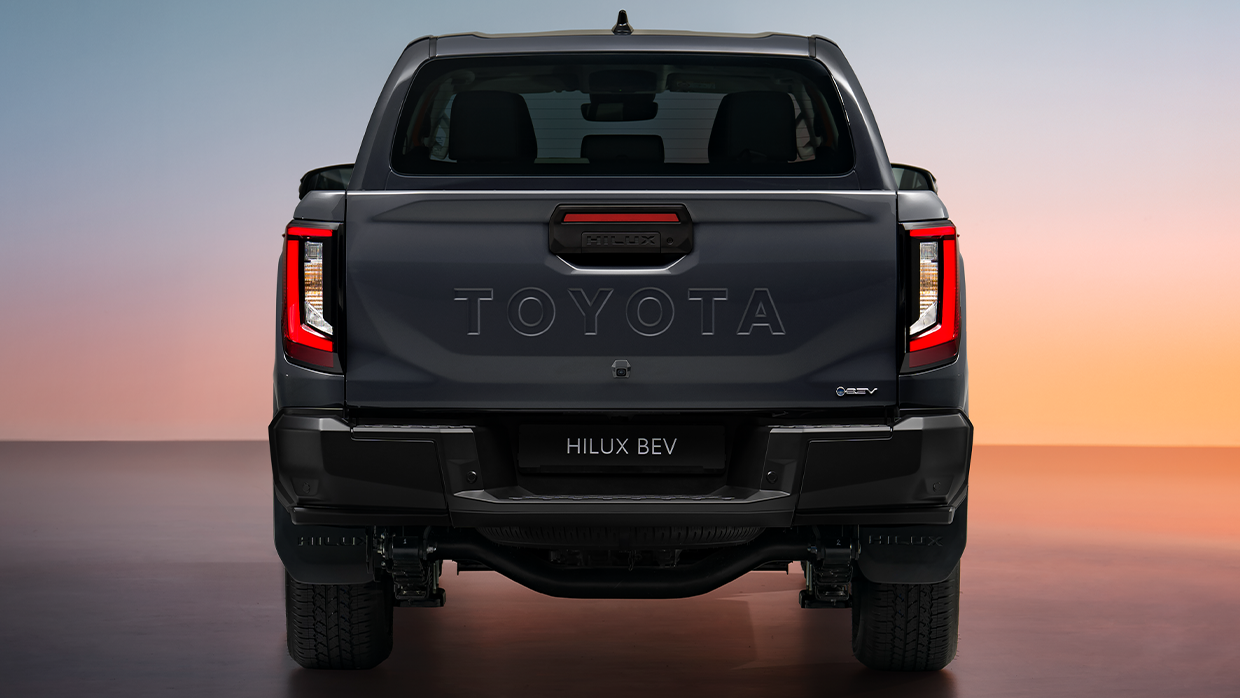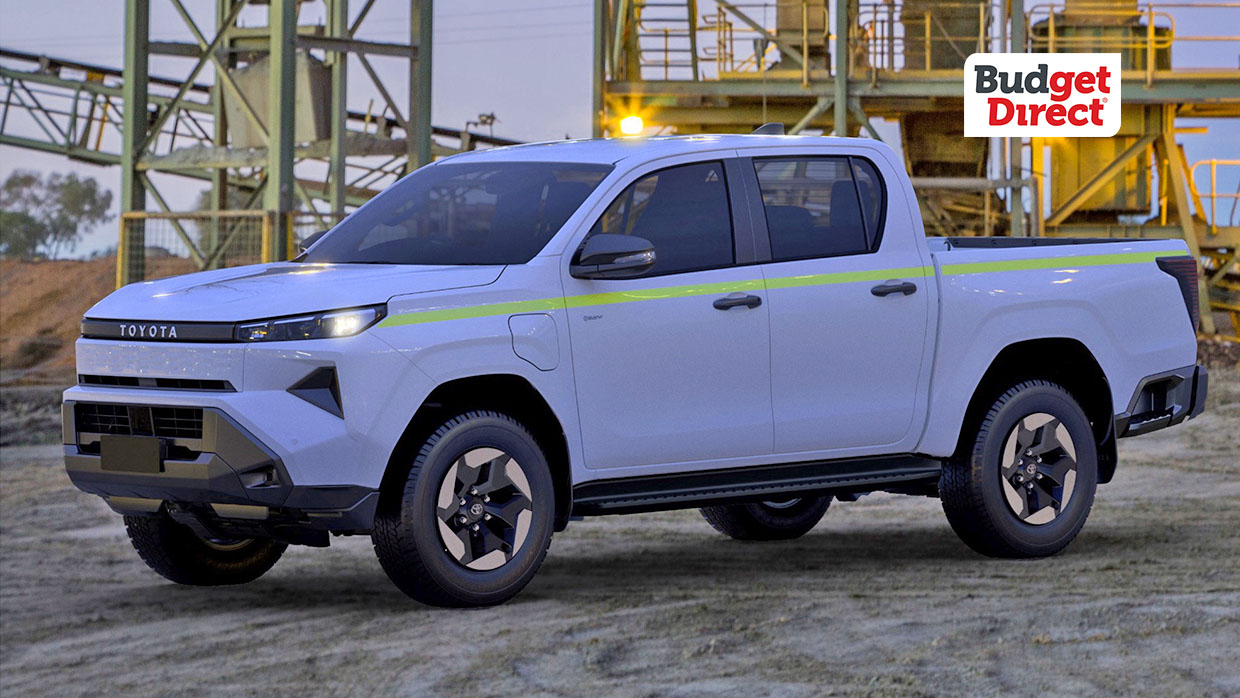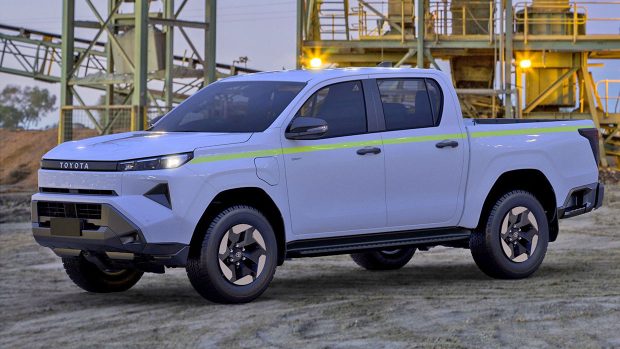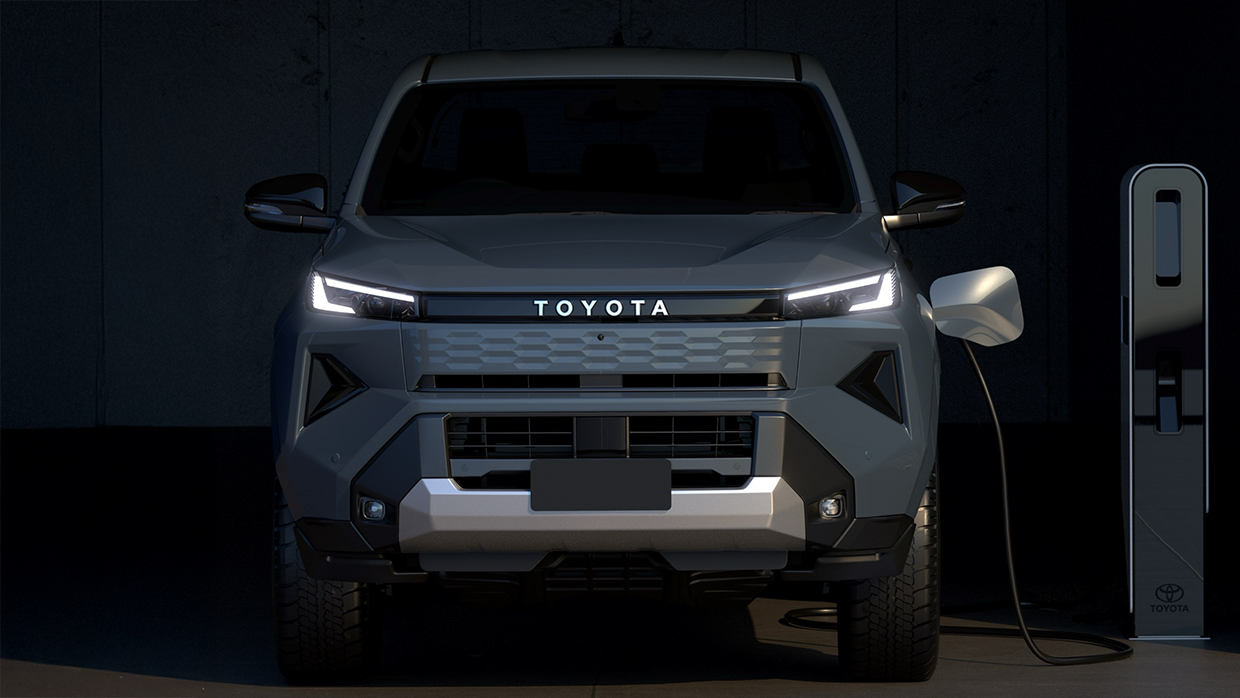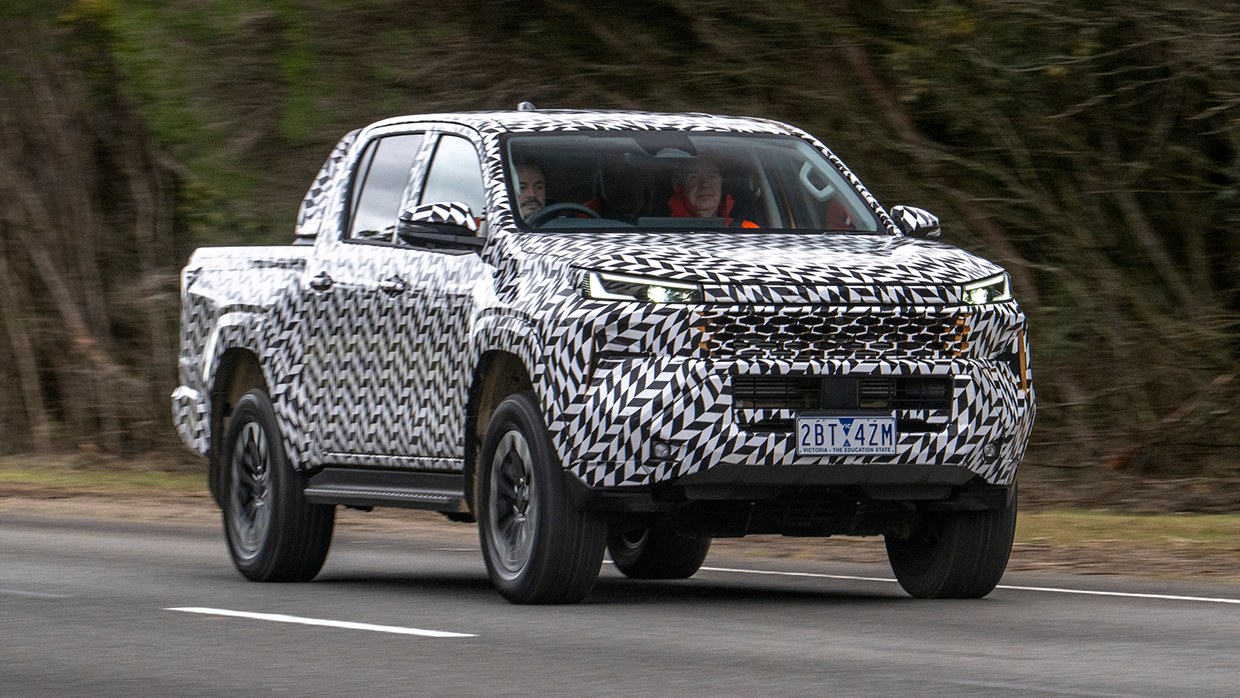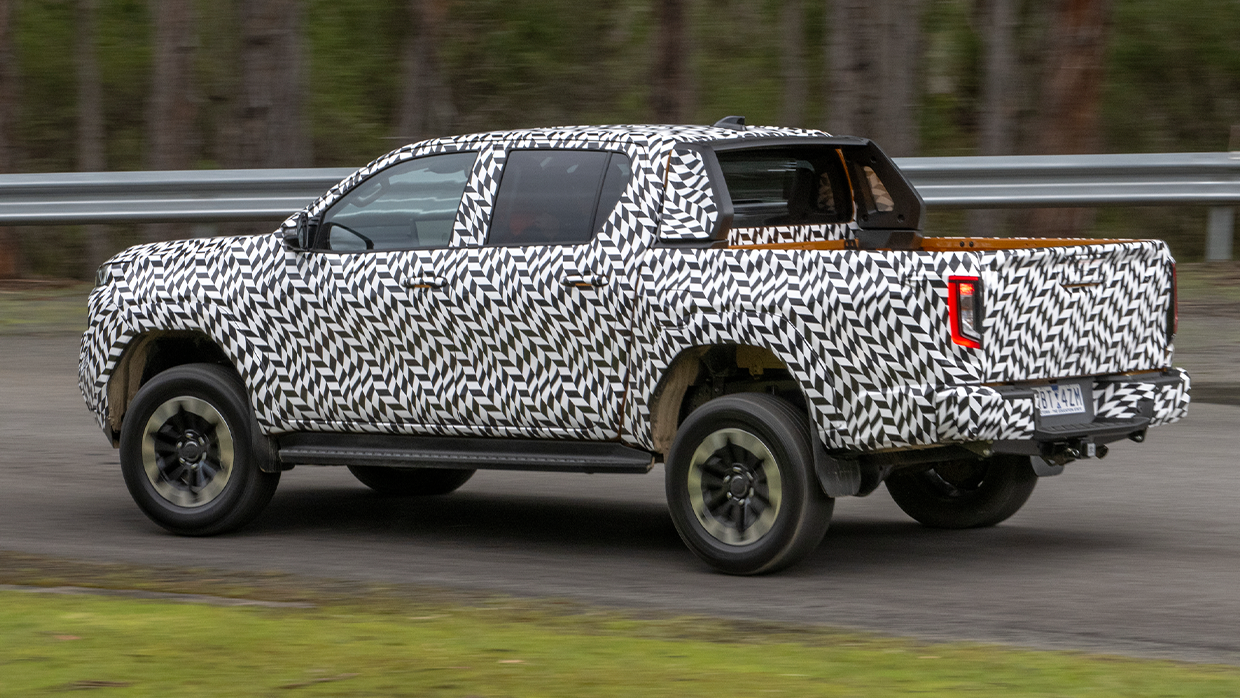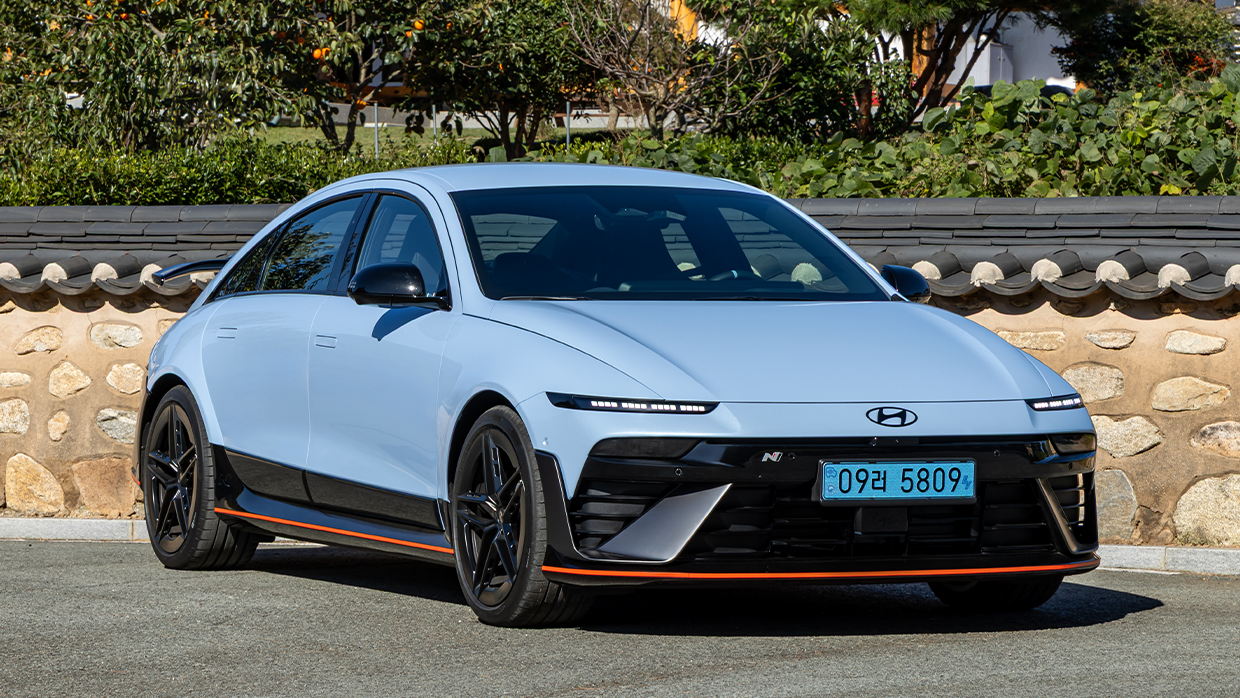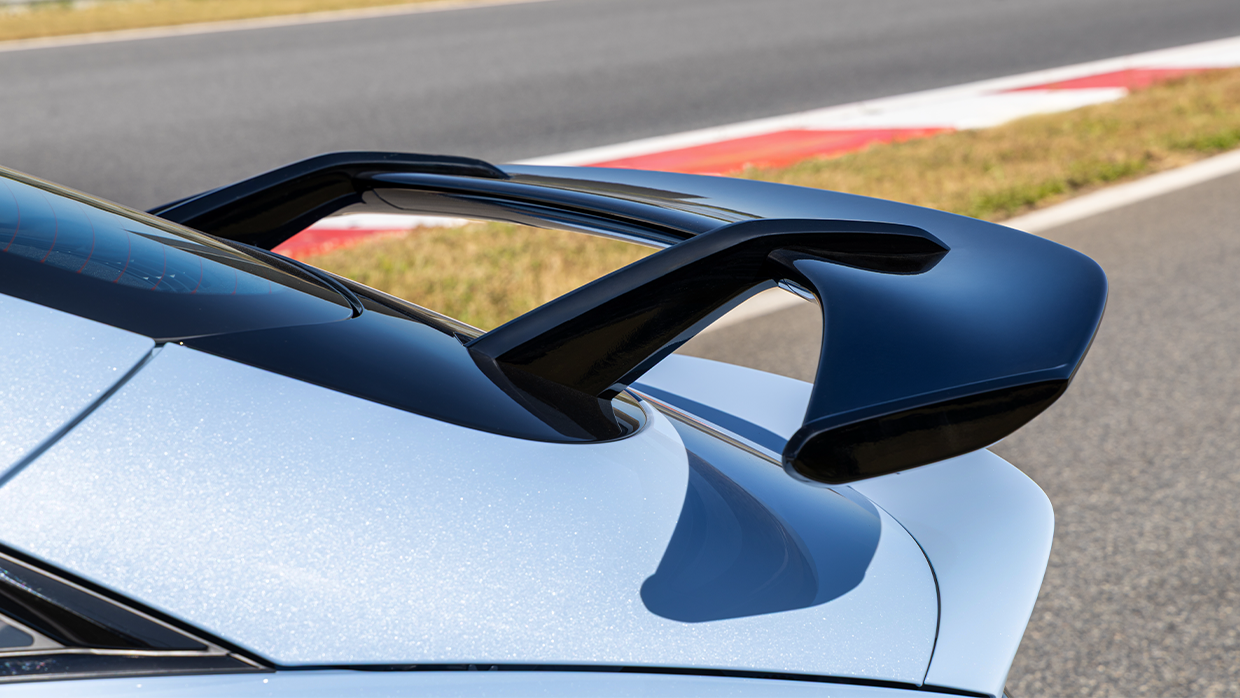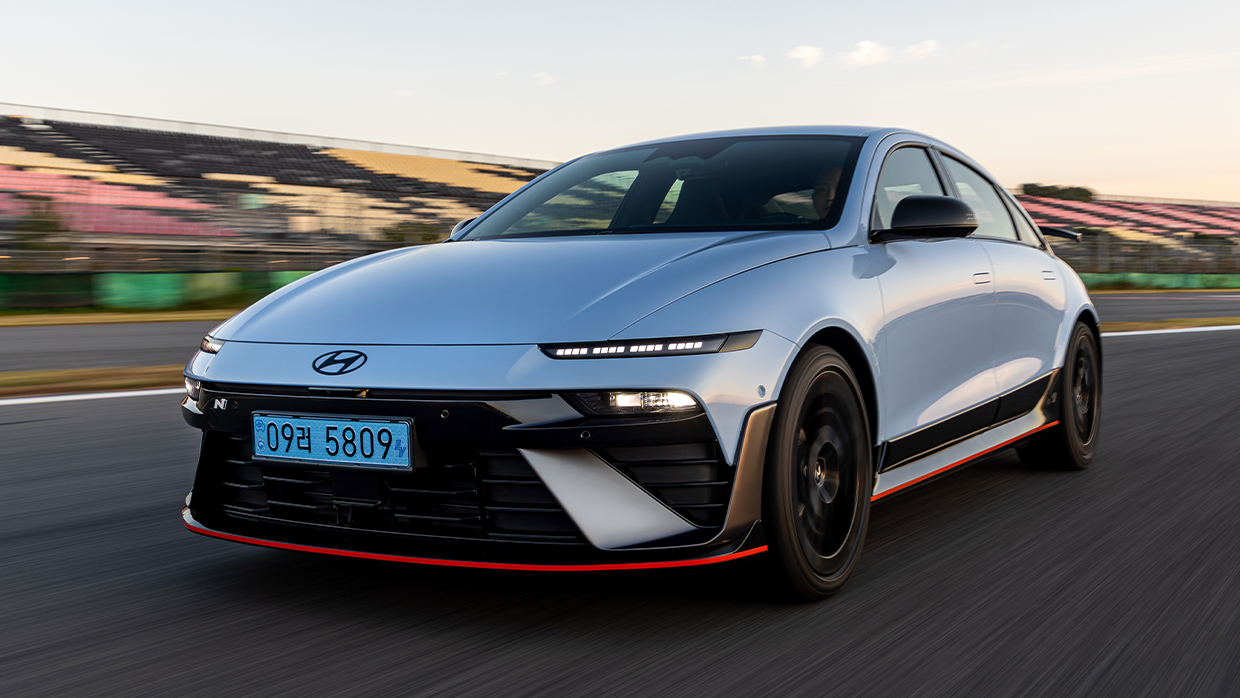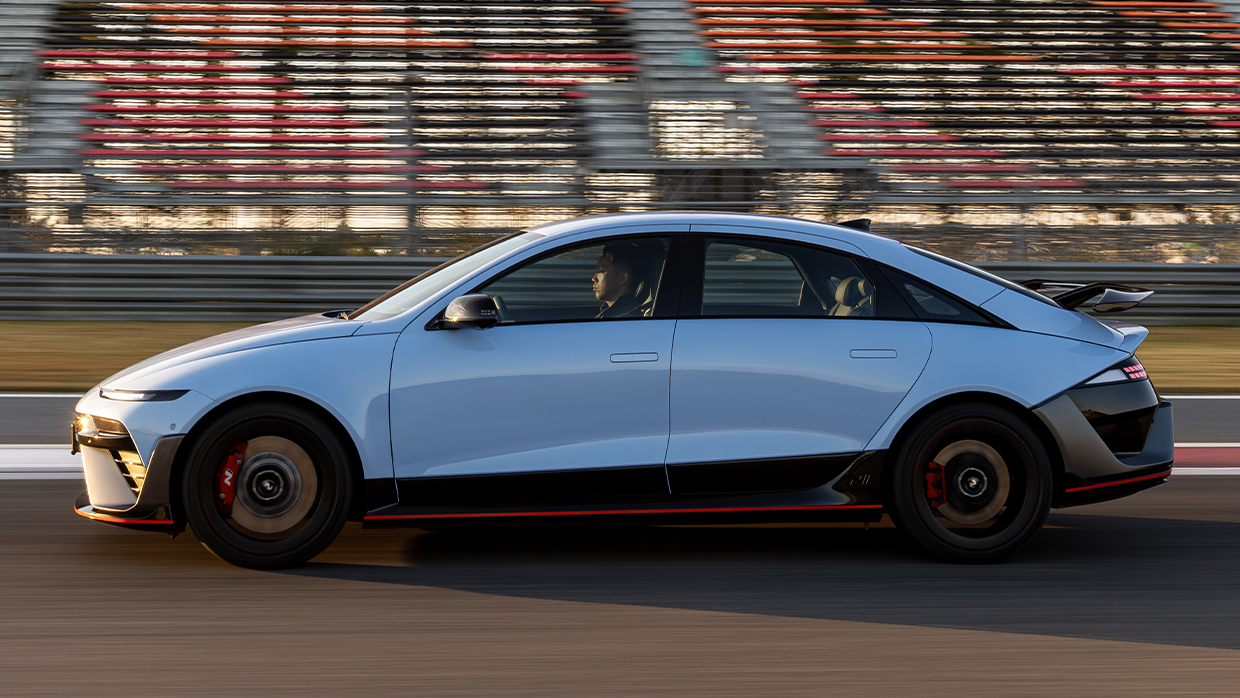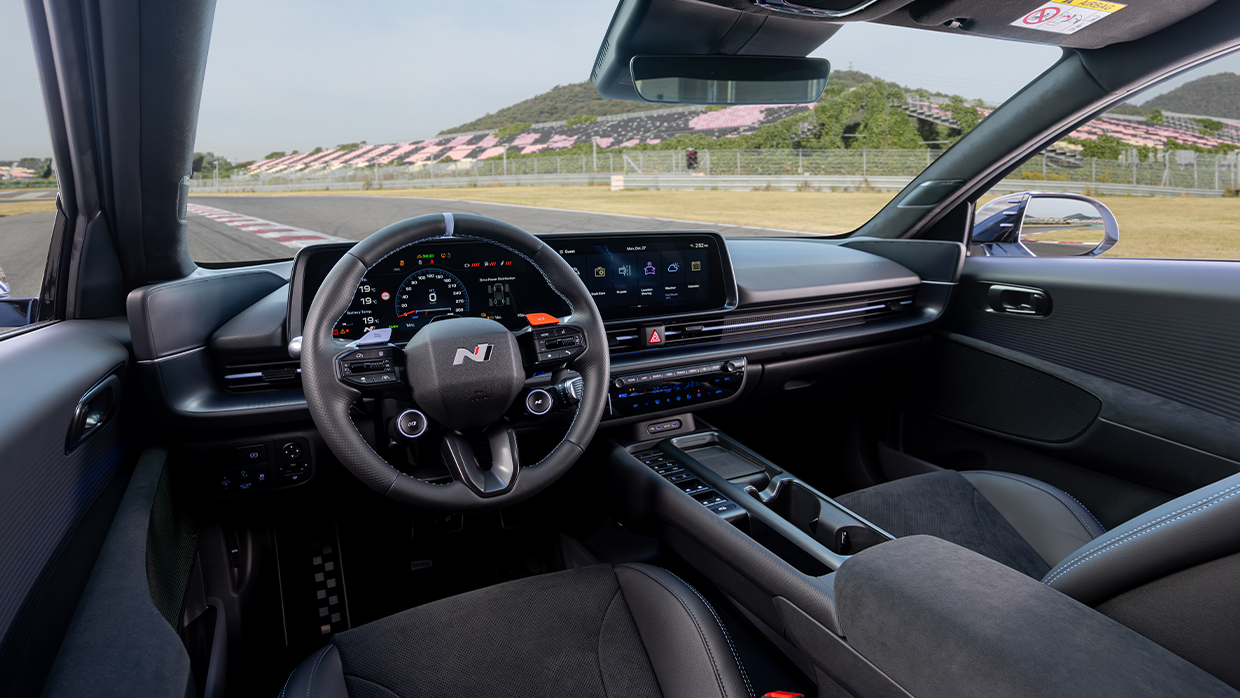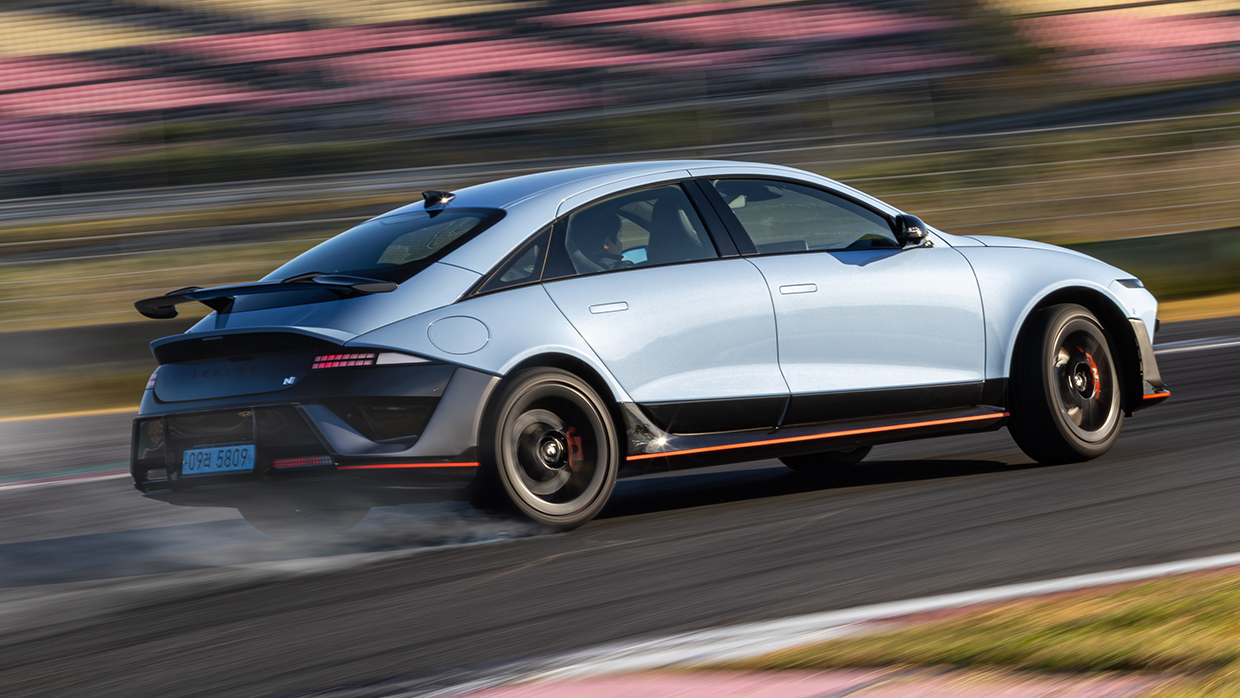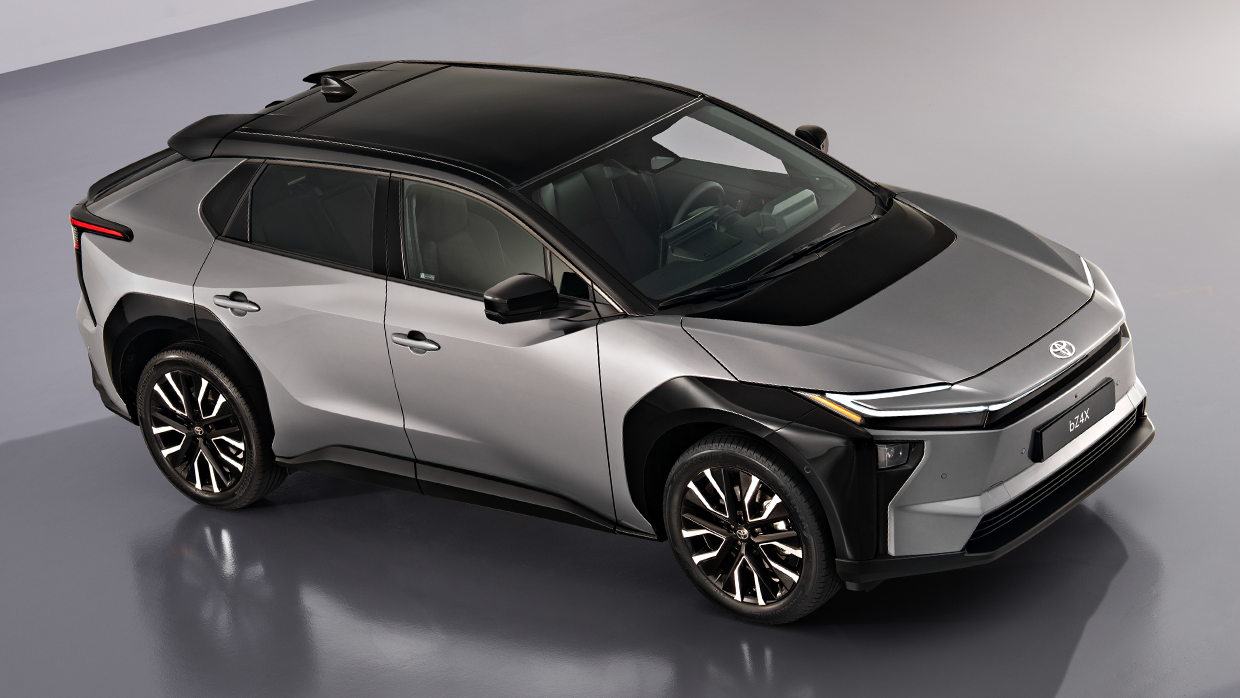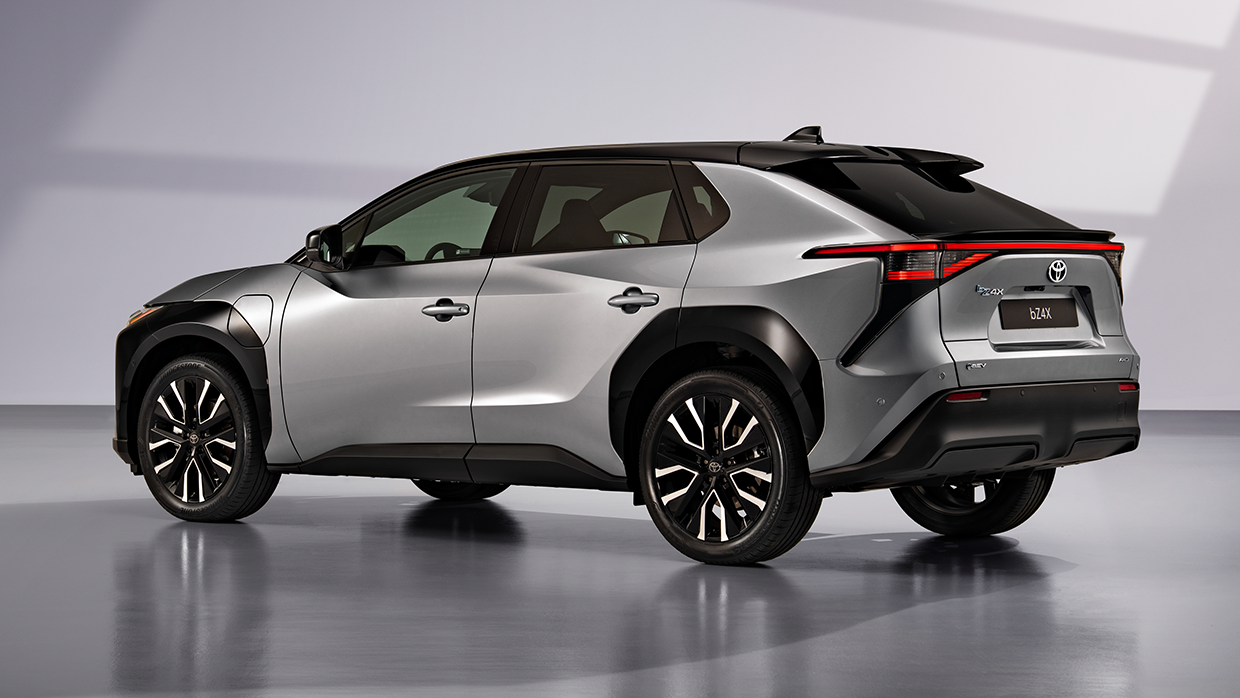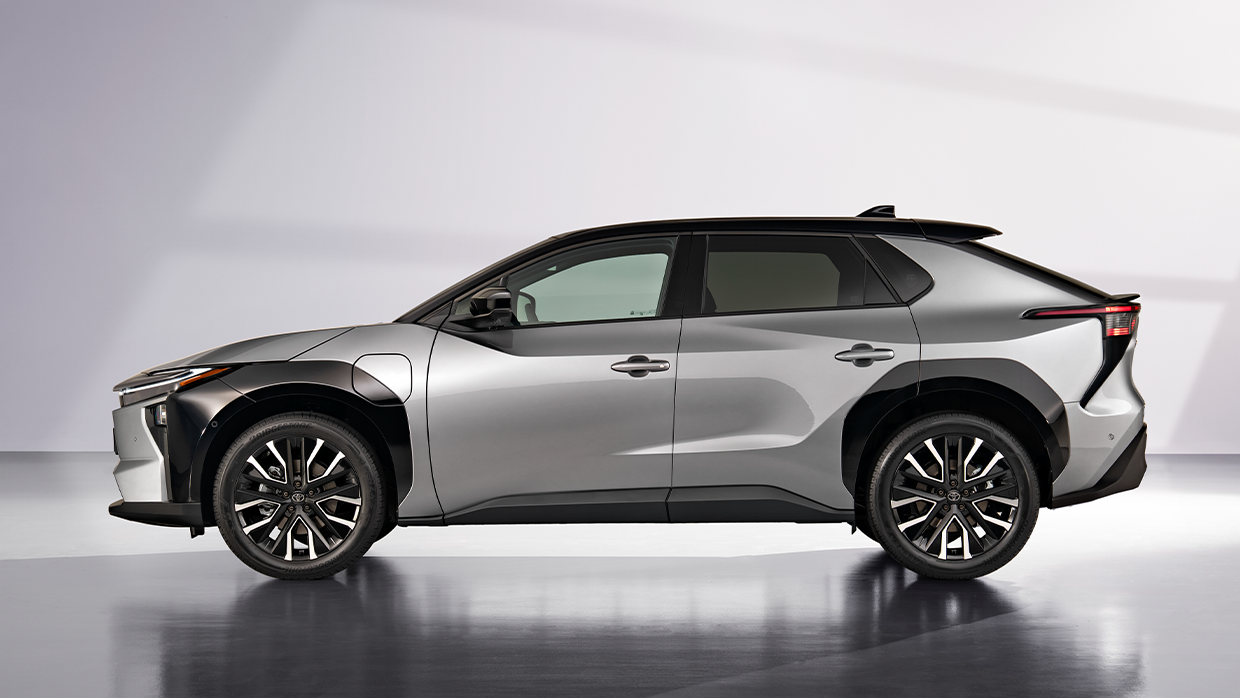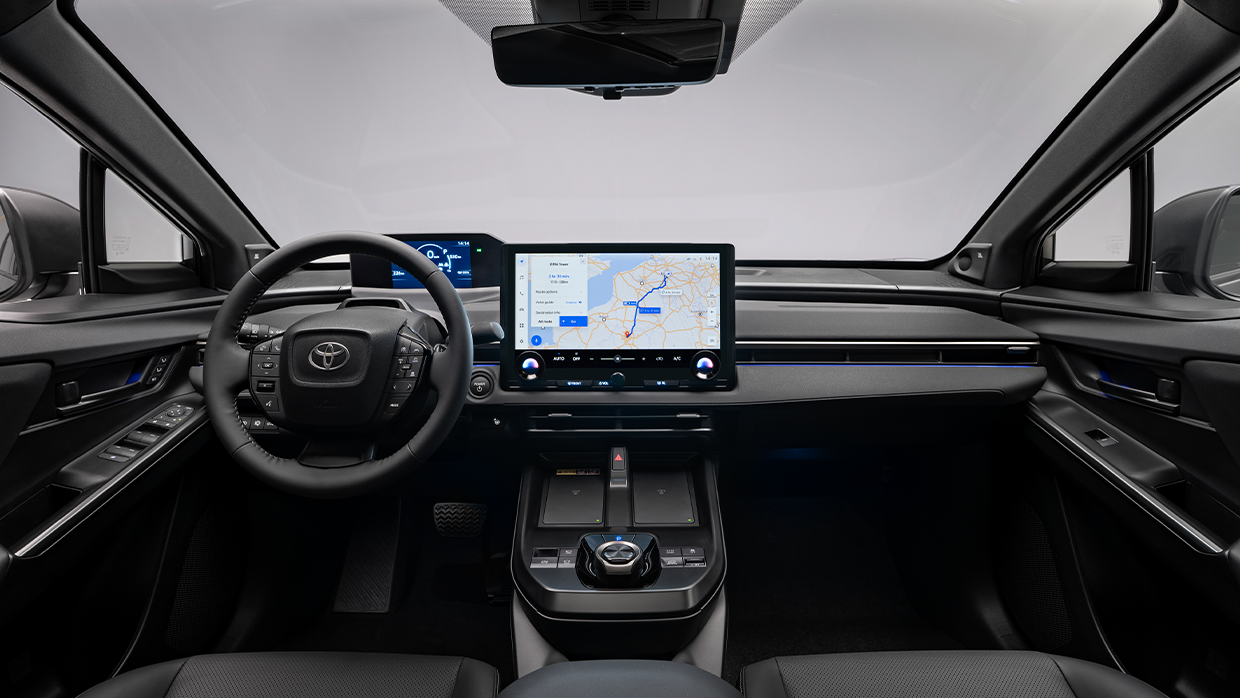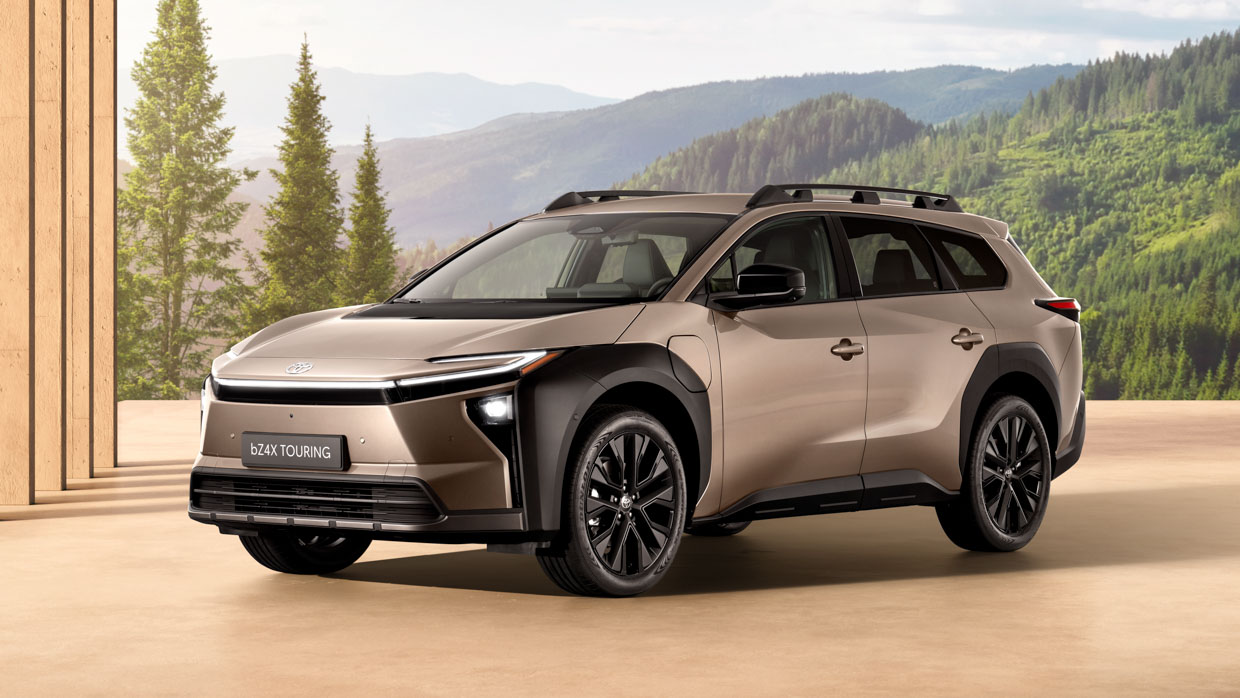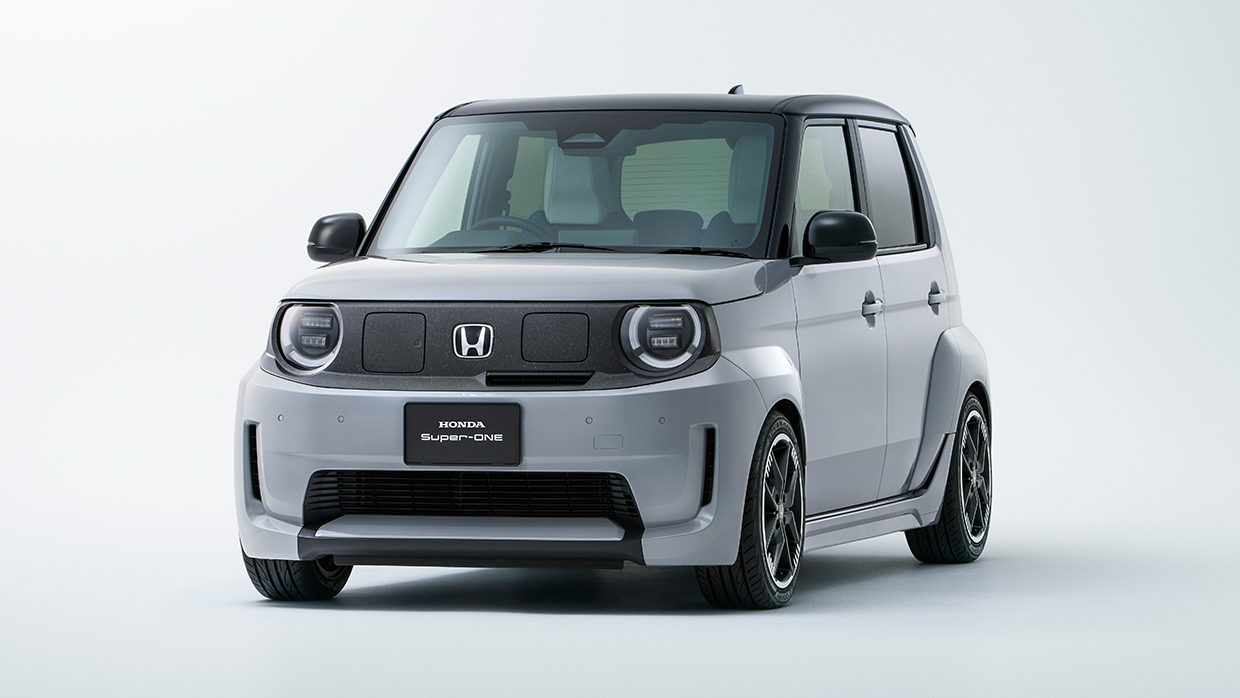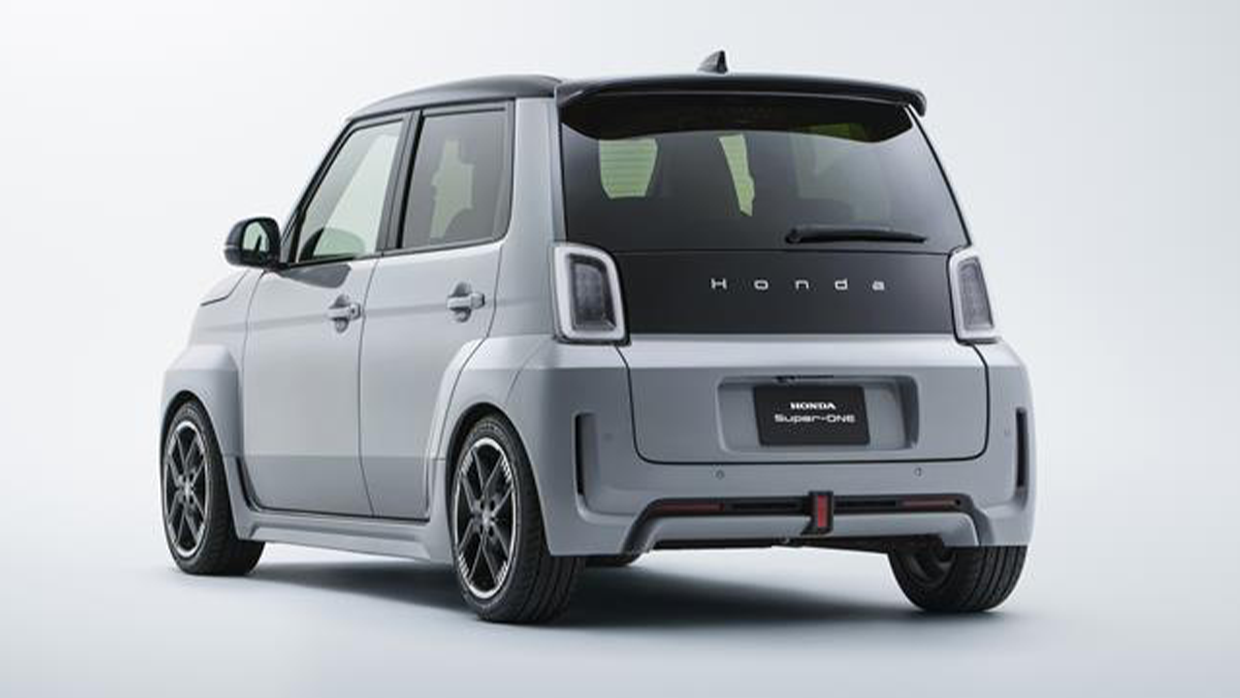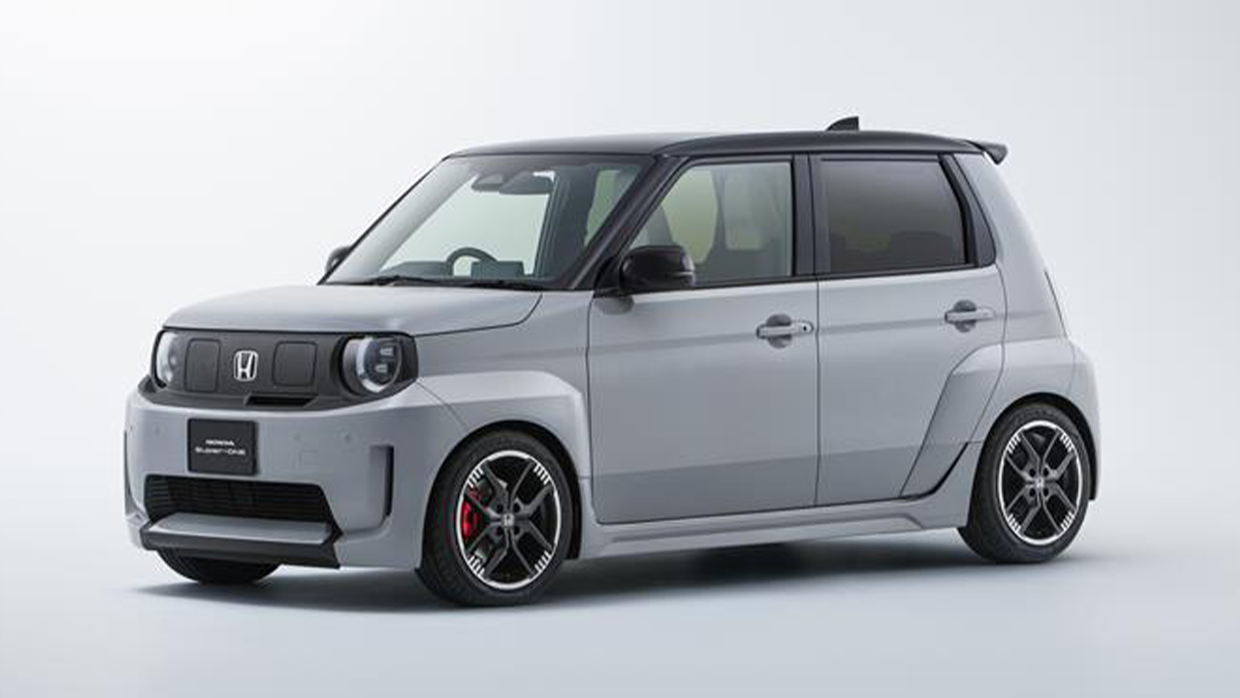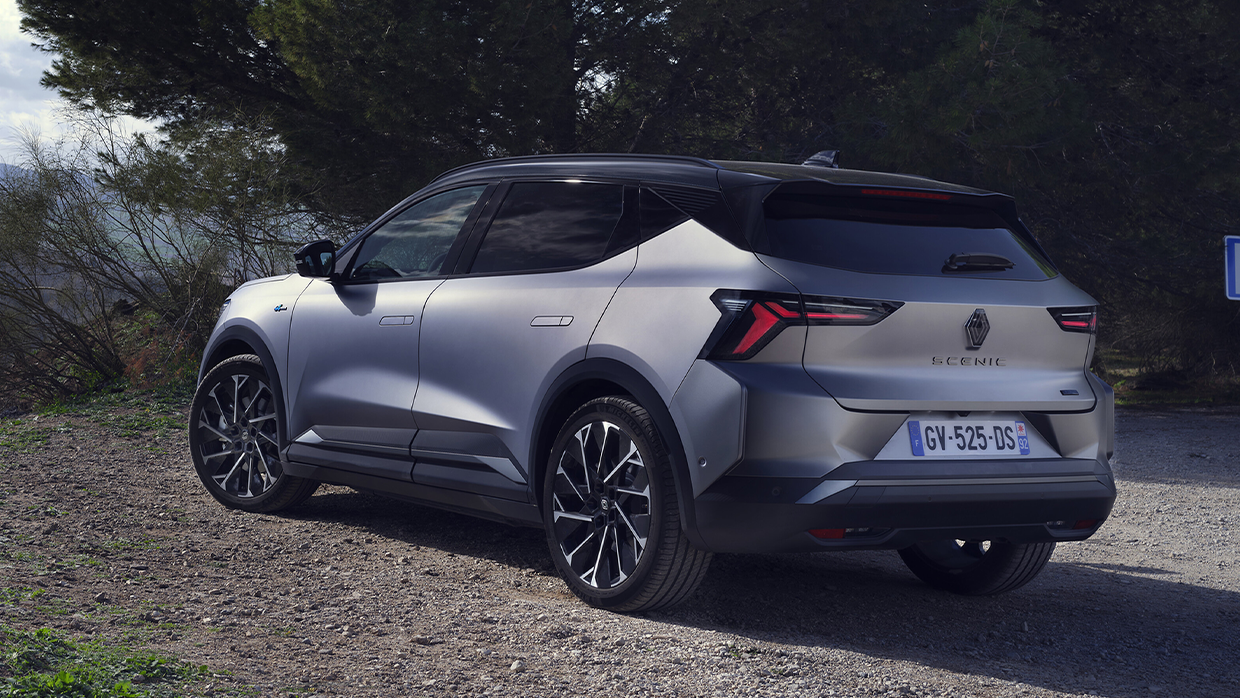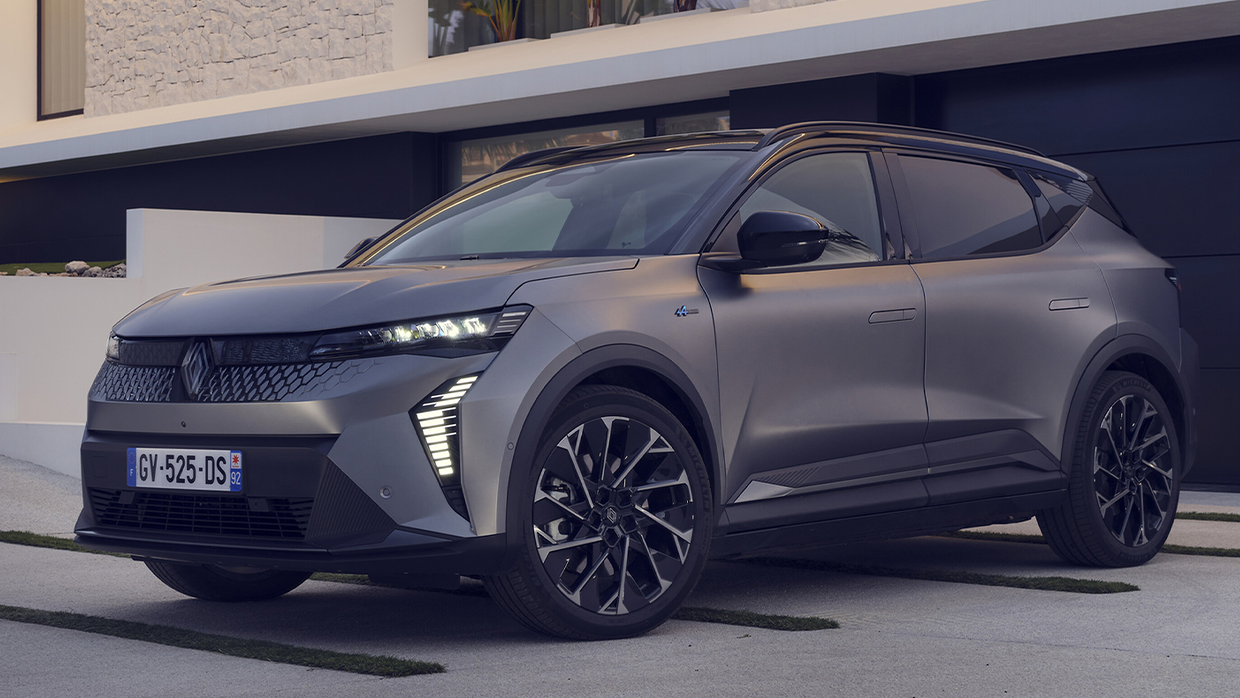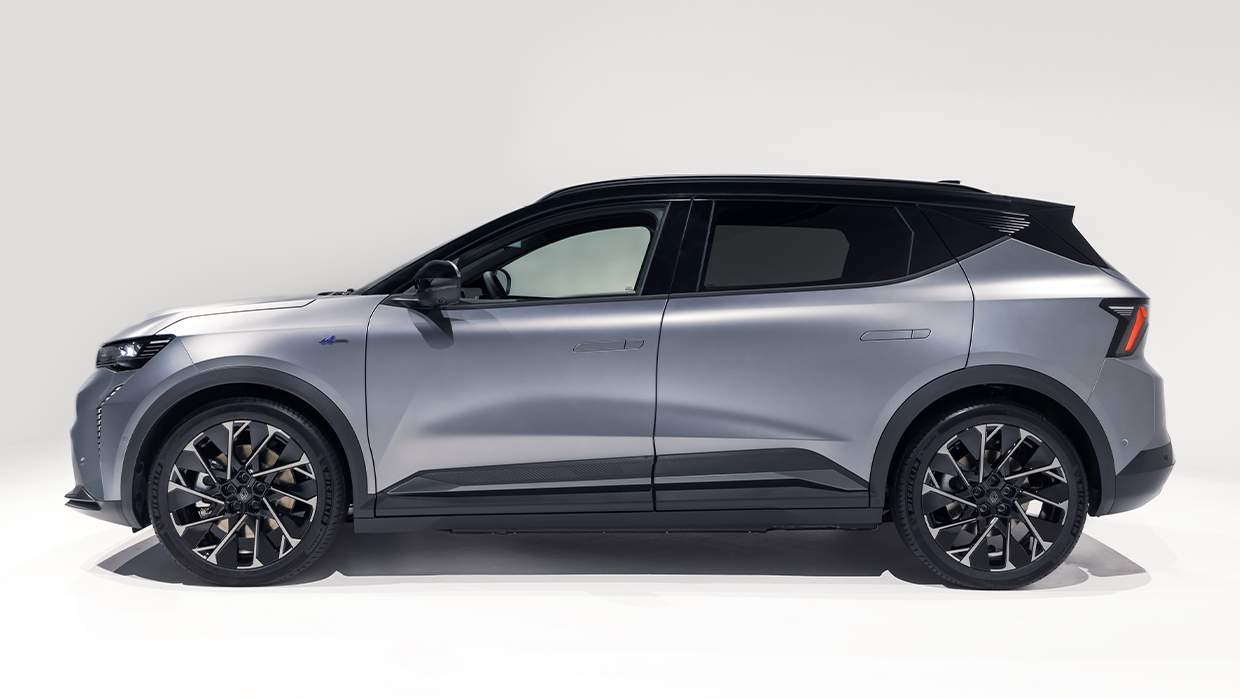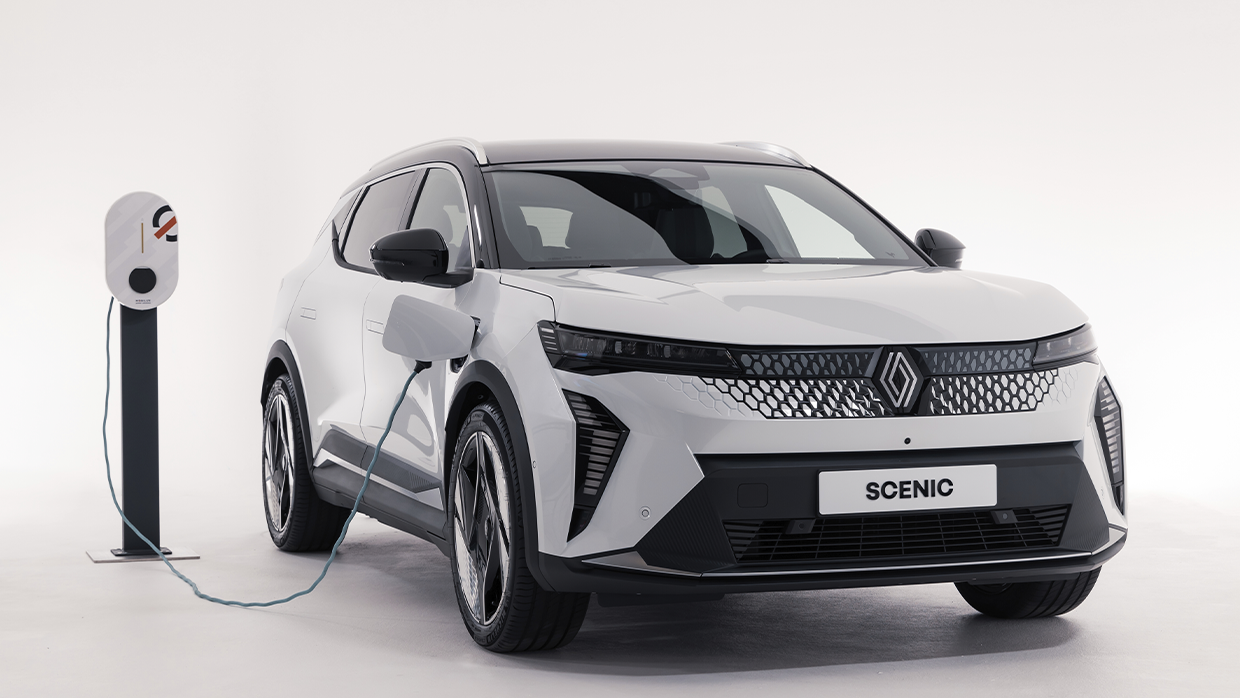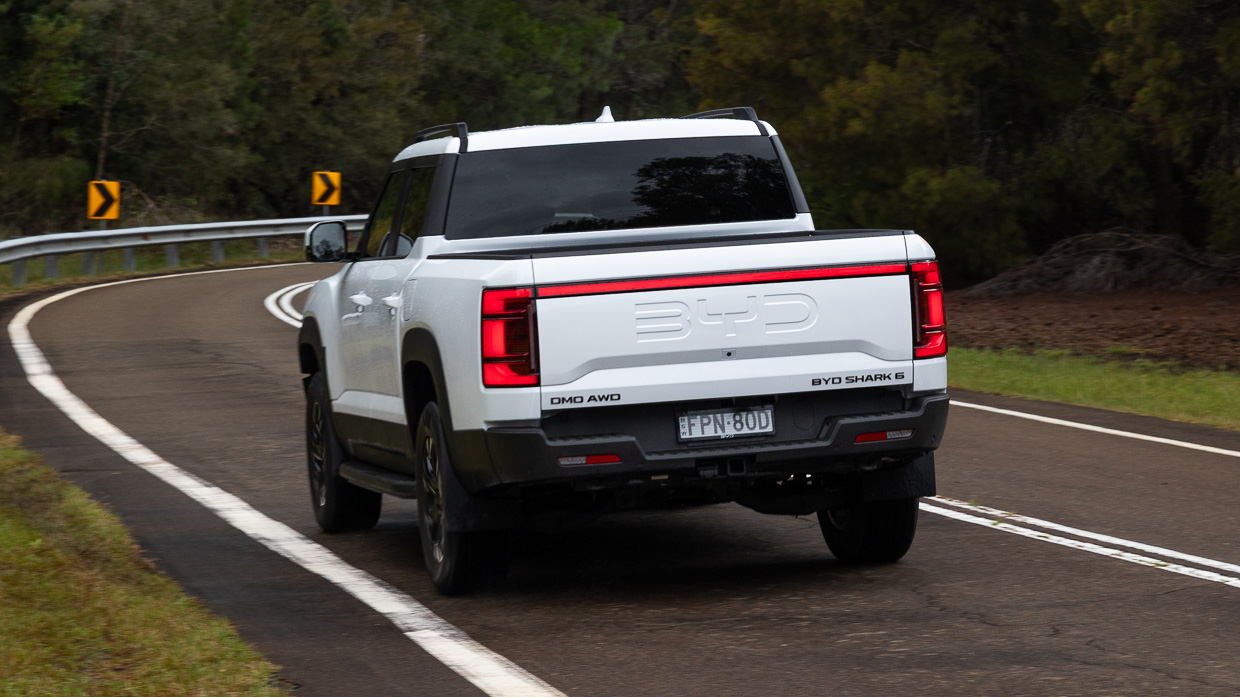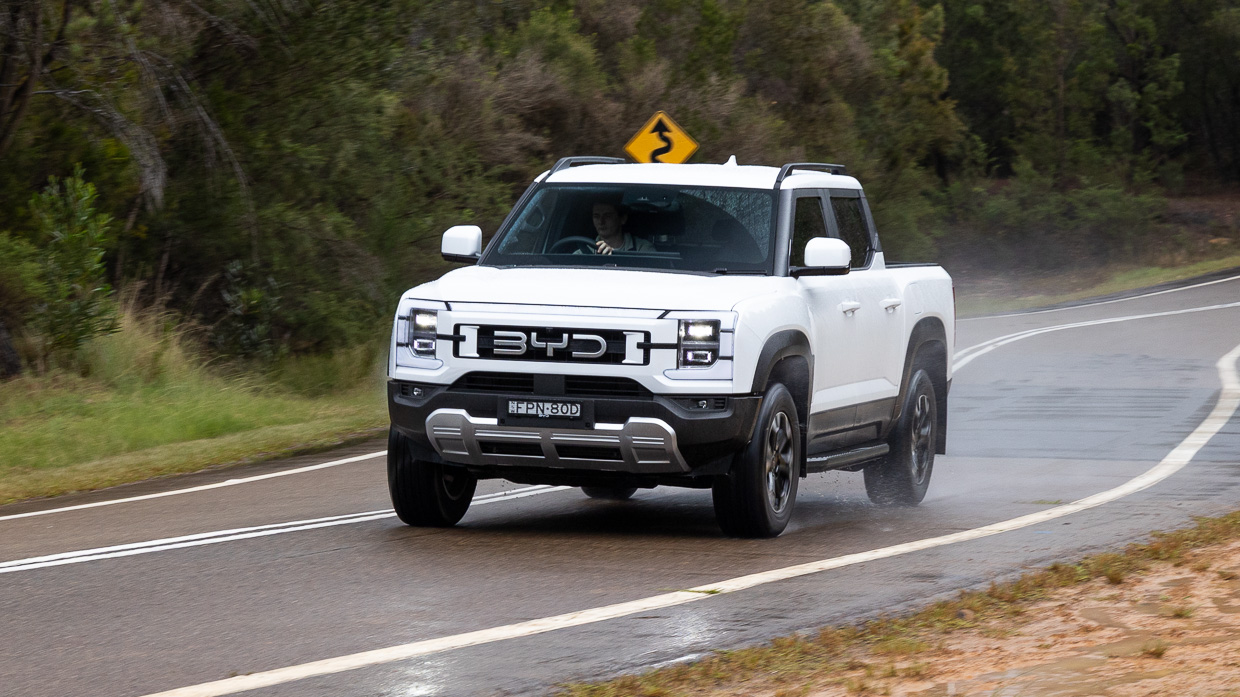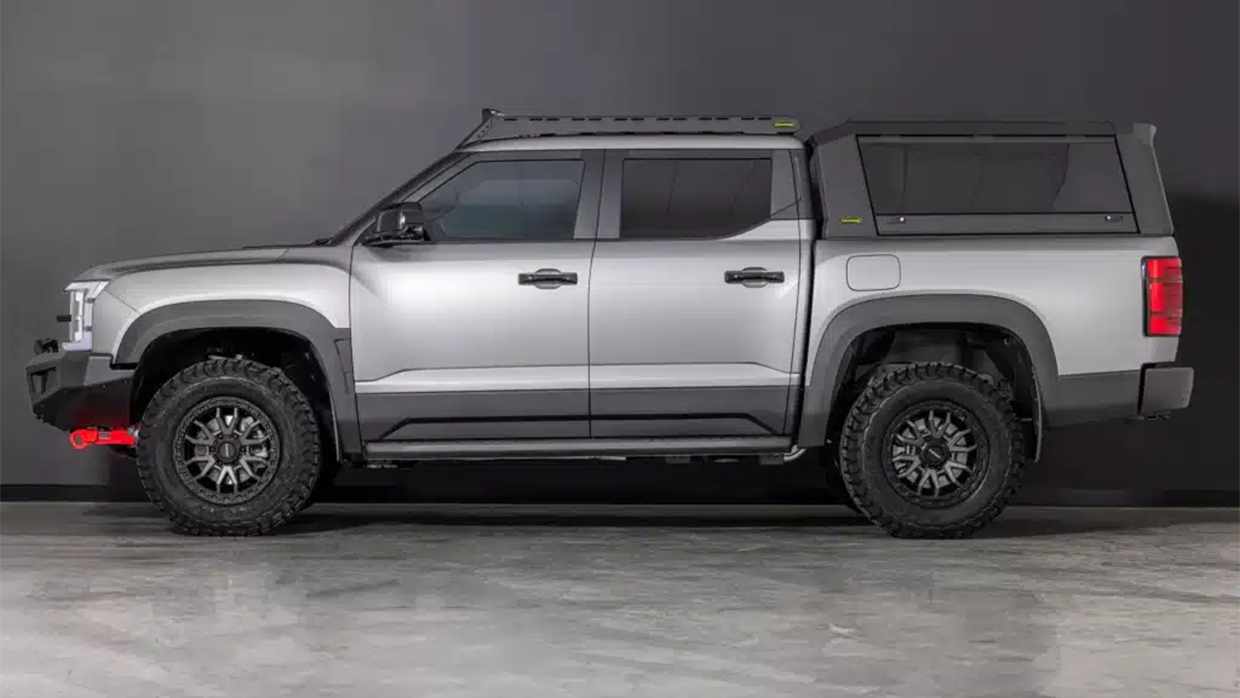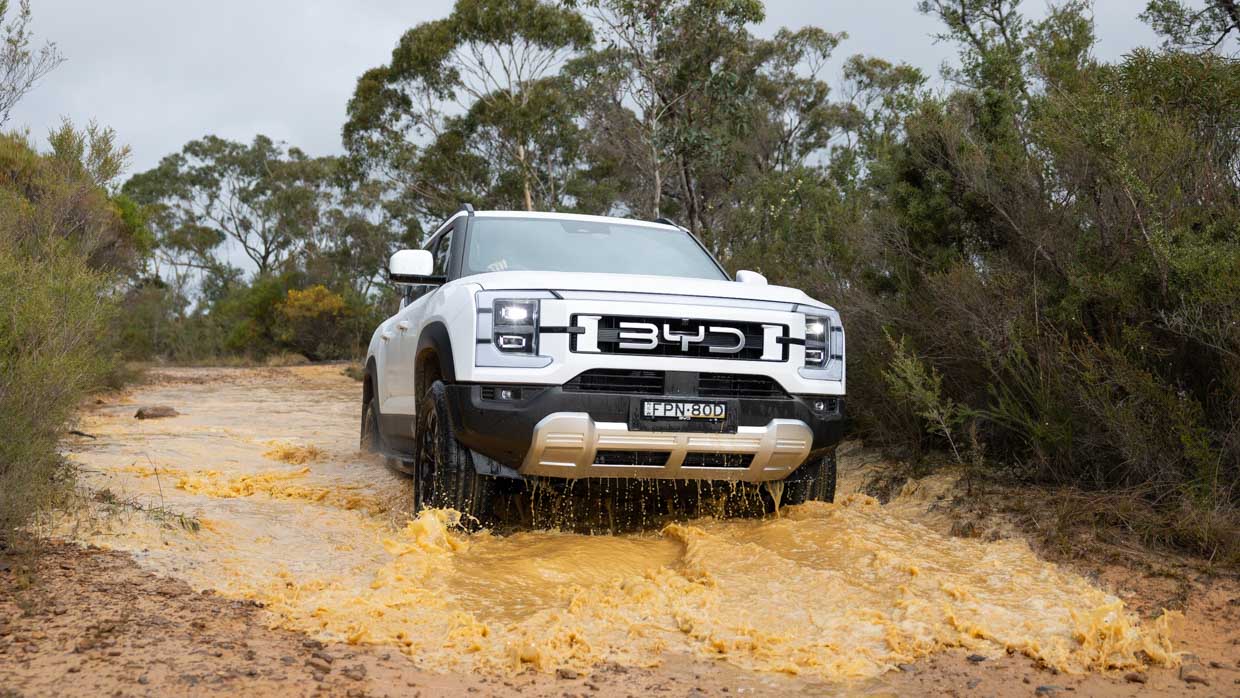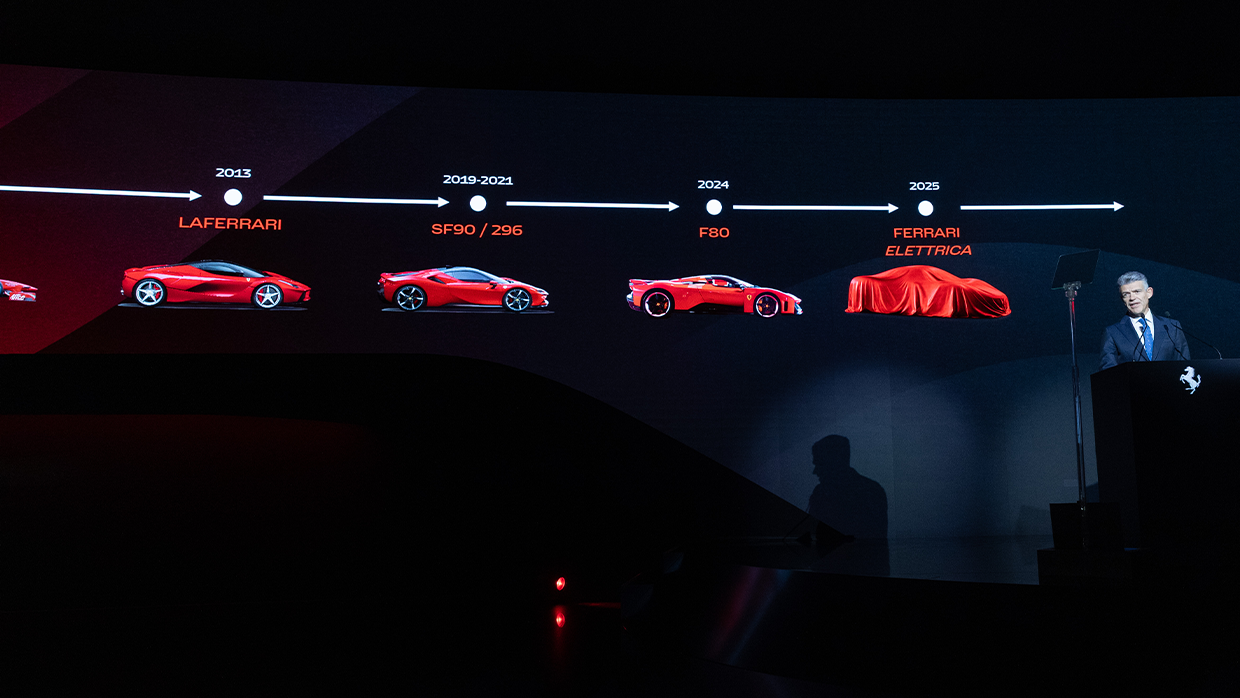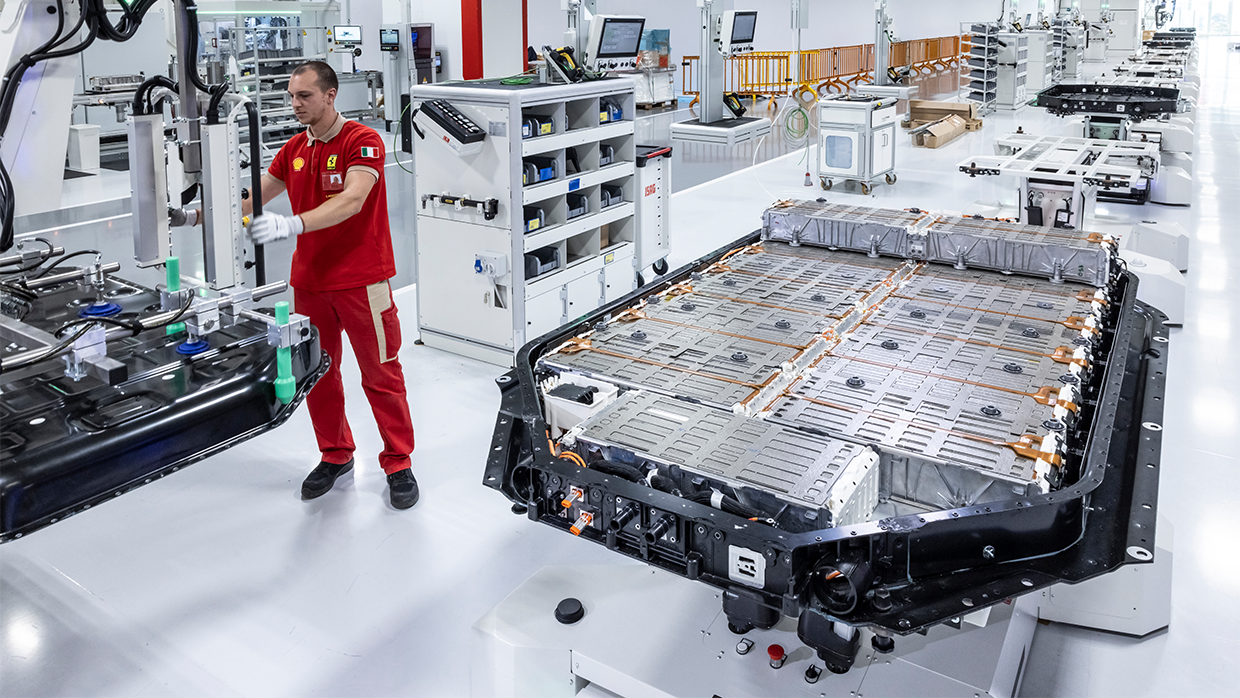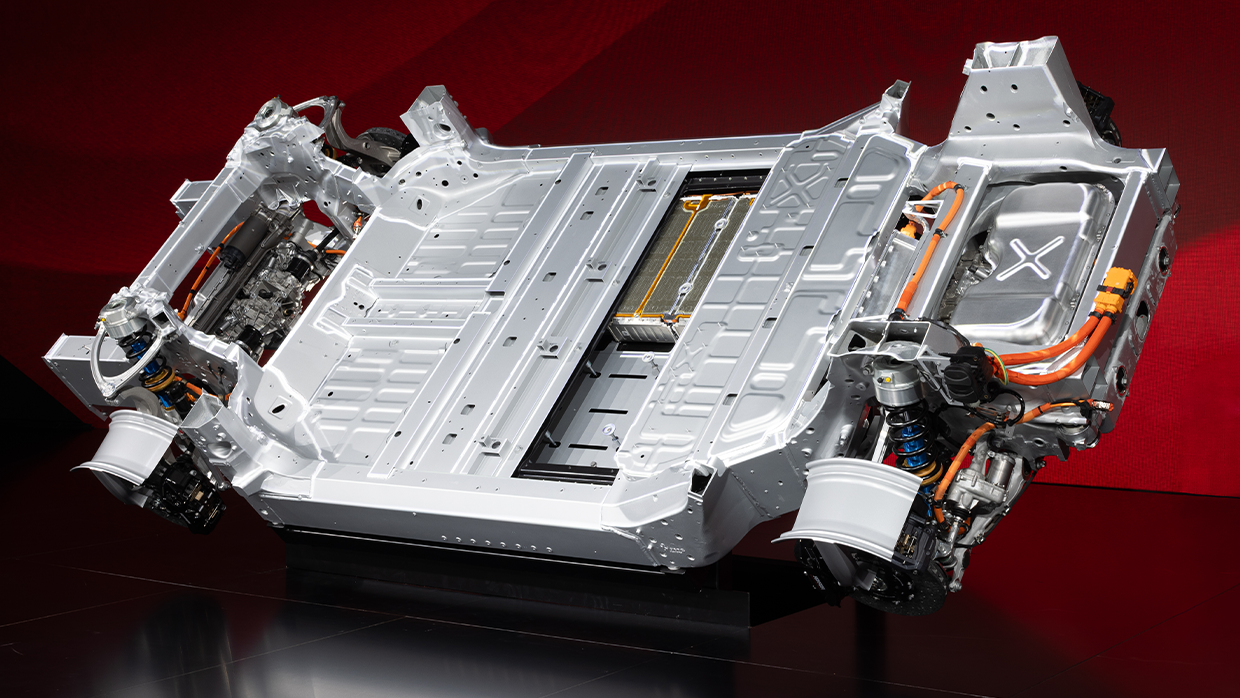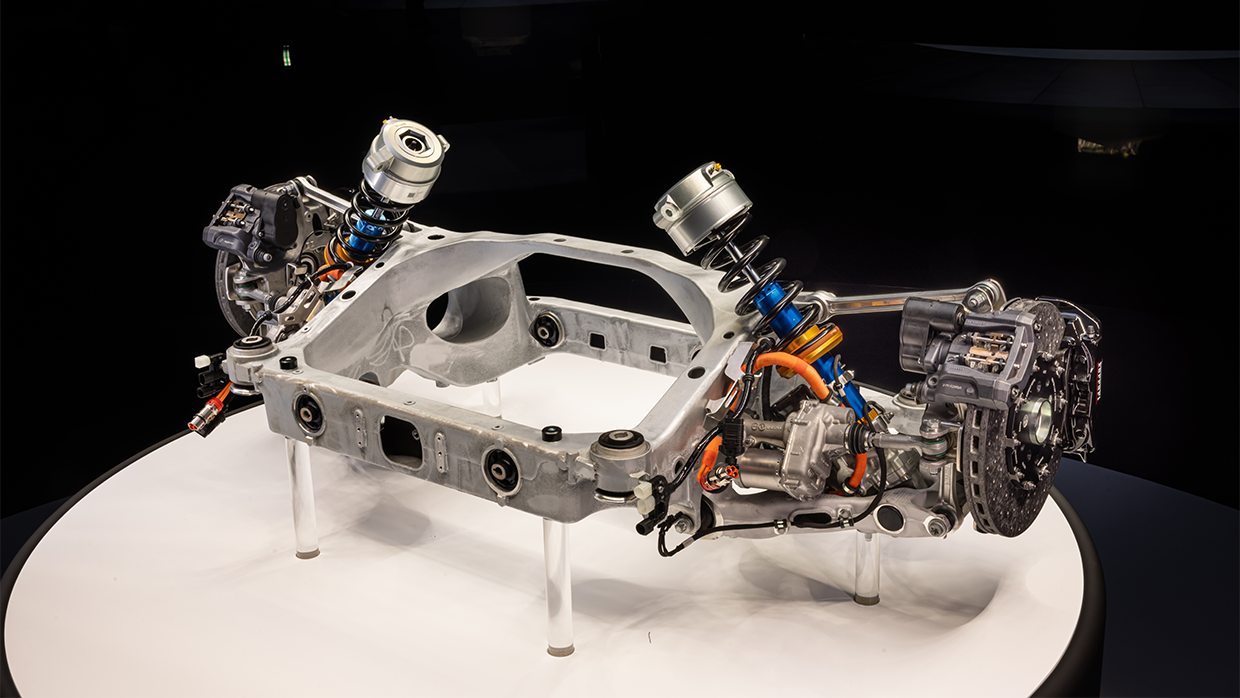Mazda 6e 2026: All-electric, fourth-generation joint-venture with China is European tuned and now tested here in Australia
For a comparatively puny, stand-by myself firm like Mazda – promoting round 1.3 million vehicles per one year – growing a bespoke EV model line changed into constantly going to require some extra or much less joint-enterprise.
In this case, it’s with articulate-owned Changan Car from Chongqing in China (who Mazda has had a 20-one year affiliation with), producing the automobile you realizing right here – the all-electric, fourth-period Mazda 6e.
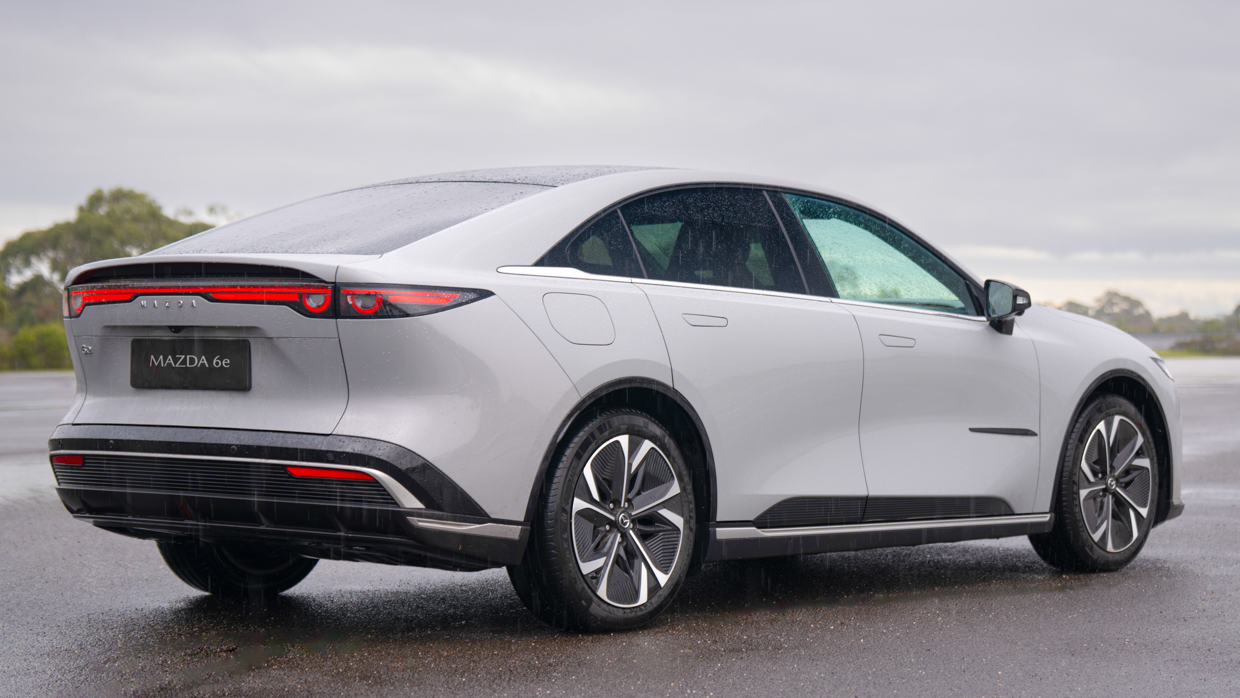
Sharing its EPA1 electric-automobile platform with Changan’s hold Deepal S07 medium SUV (sold in Australia) and the closely connected Deepal SL03/L07 liftback-sedan, the rear-wheel-drive Mazda 6e debuted in 2024 because the fourth period of the Jap save’s mid-sized model line, constructed by Changan Mazda in China and sold there because the EZ-6.
Badged Mazda 6e for export and already on sale in Europe, this Tesla Model 3-rivalling electric liftback-sedan shares its 2900mm wheelbase with every Deepal devices, and its width and peak with the SL03, but has got entire tuning by Mazda Motor Europe in Germany to meet European (and Australian) tastes, and imbue Mazda’s carrying dynamic DNA into this joint-enterprise automobile.
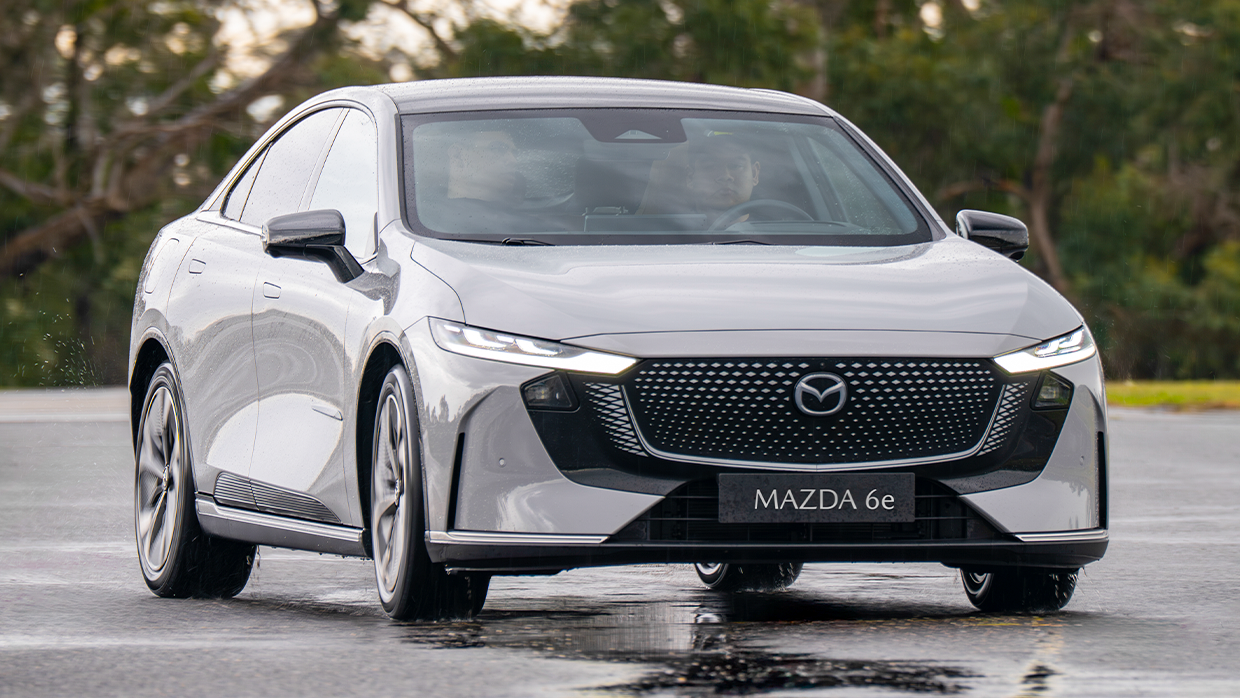
Australian motoring media spoke to Alexander Fritsche, senior manager product model and engineering for Mazda Motor Europe, about how they went about revising the dynamics and NVH refinement of the Mazda 6e forward of us experiencing a 30-minute model of a left-hand-drive, Euro-spec automobile at GM-Holden’s former Lang Lang proving ground.
The mutter of the Deepal SL03 as a contaminated, Fritsche said they instant realised that the Chinese approach to dynamic tuning is very diversified from the wants of European drivers.
“We made the resolution to rework particularly the firmness, the stress in actuality feel for the chassis, so we in fact had to reset some parameters [and] also some hardware.”
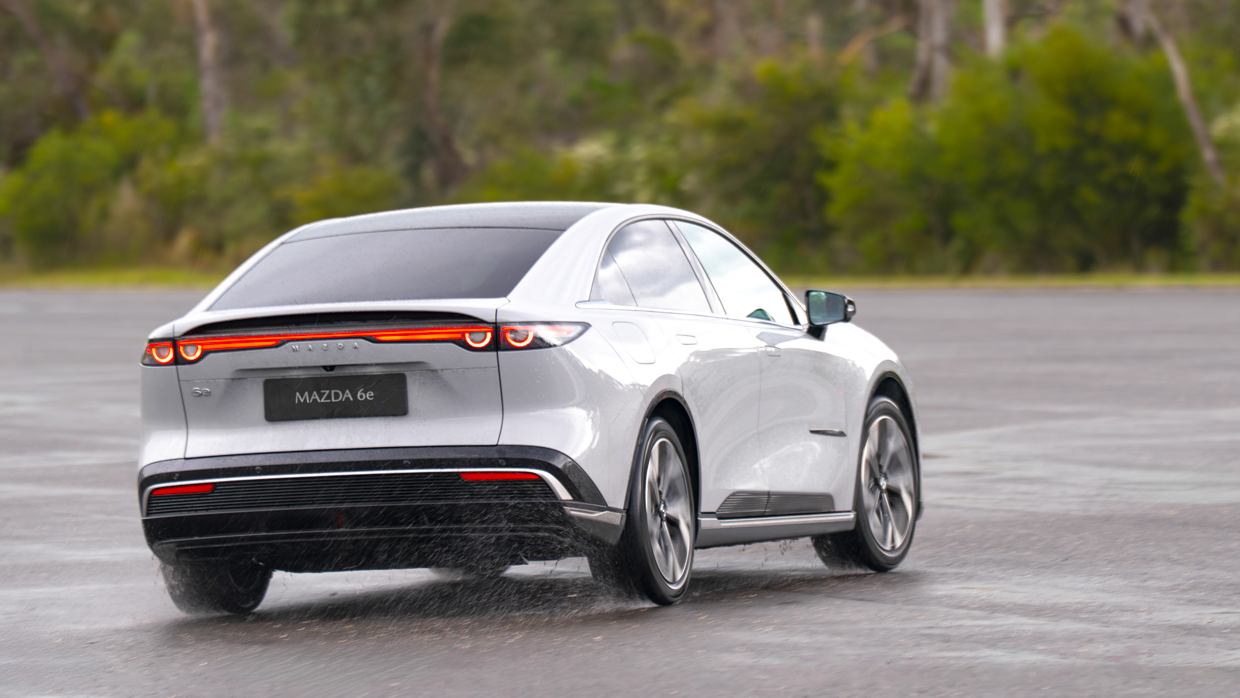
“So the rear subframe needed to be entirely transformed and remade [for much better control compliance], since the rear, particularly, changed into feeling entirely diversified to that what we query.
“We in fact made a extraordinarily deep change into on the dampers and bushings, the EPAS [electric power steering] an also the driveability characteristics … the self perception feeling, the soundness requirement, and on top [of that], the Mazda model, the Mazda DNA,” said Fritsche.
“We had to delay the thickness of the stabiliser bars since the guidance ratio of this automobile is amazingly aggressive in contrast to classical Mazda vehicles … so we desired to most ceaselessly stabilise the automobile, also for the entrance axle.
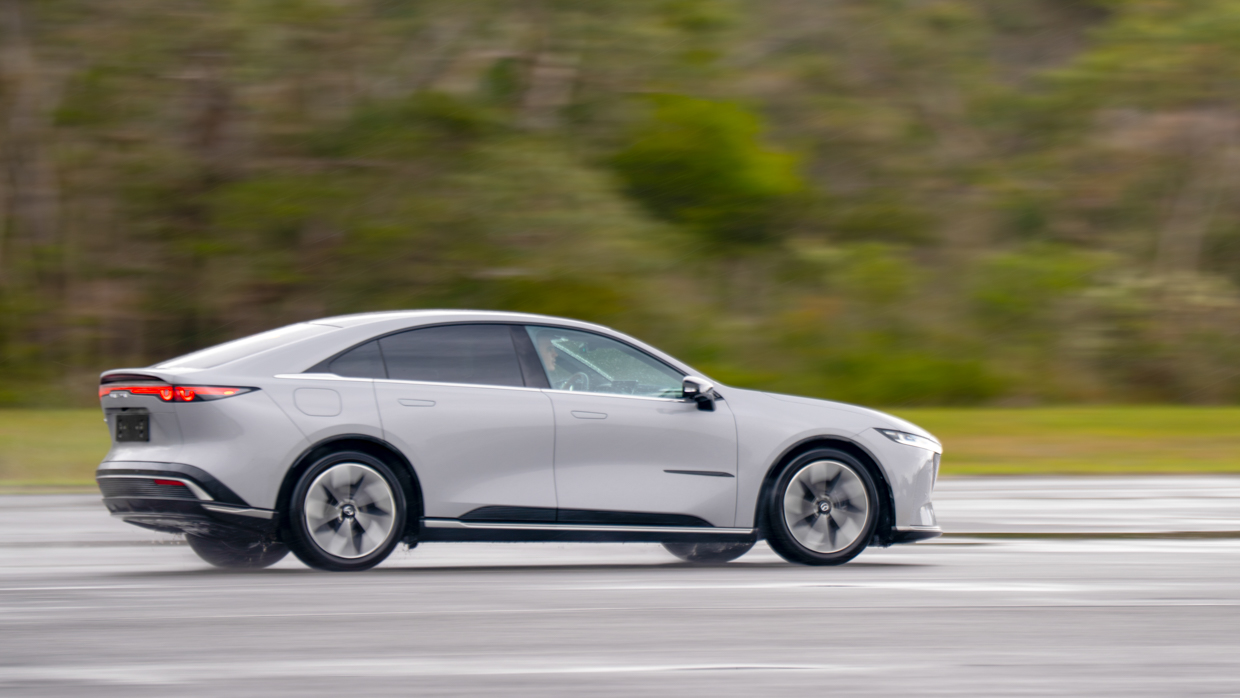
“We wanted roll defend an eye on, so we desired to delay this to technically the most level to possess the automobile no longer roll or pass uncontrolled on European roads. This why we had to if reality be told work with the damping force alignment for the entrance and rear to possess the automobile in actuality feel right, while mute providing consolation.”
“We also determined to trade the tyres [to Michelins] – providing extra stress, extra absorption in actuality feel, extra harshness defend an eye on and also unbiased appropriate rolling resistance.”
“So this helped us honest powerful catch a utilizing in actuality feel for the European model,” he said.
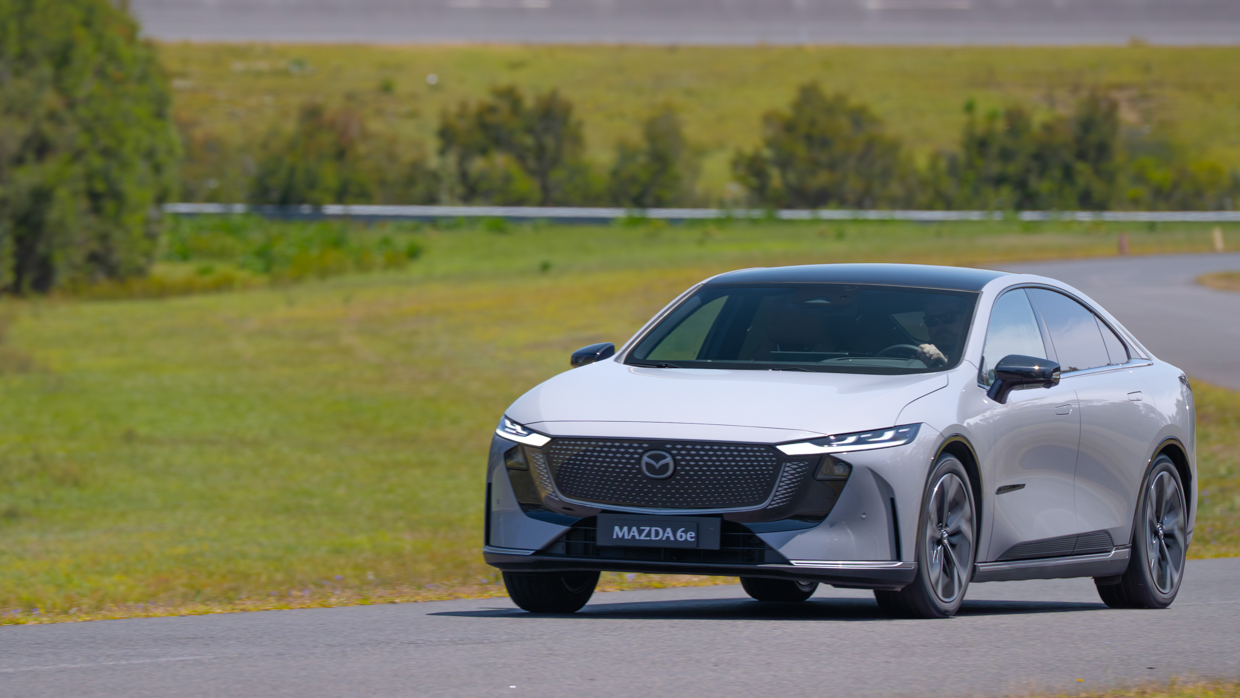
“There were some preconditions, it’s doubtless you’ll maybe well presumably also imagine, since the contaminated automobile changed into preset, and so we had to take care of these environments by manner of hardware limitations, plan construction and, certainly, also fee range limitation.”
“So things we desired to place in force had been, to a diploma, no longer constantly doubtless as a result of limitation of the enchancment, [as well as] a particular manner of thinking for the [vehicle design] philosophy. But total, we had very unbiased appropriate cooperation between the three parties [Europe, China and Japan].”
Following this engineering collaboration, Fritsche said that what he learnt for the length of this path of changed into shining how diversified the tastes are between European utilizing in actuality feel and what the Chinese prefer.
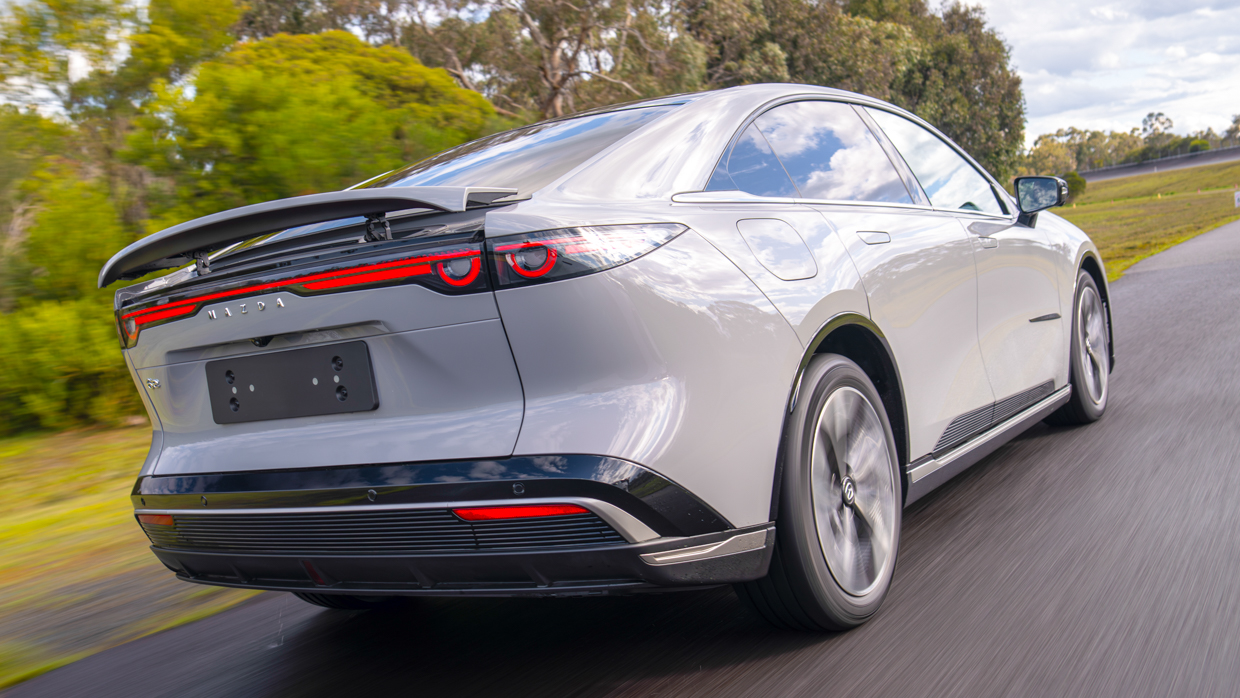
For Europe, it’s the interplay between driver and machine, with a point of interest on better speeds and the motive force being up to the save. In disagreement, the Chinese buyer is anxious with consolation, electrical devices and HMI interfaces – to boot to very gentle guidance – and prefer the automobile to portray them what to attain, as adverse to the diversified manner round.
Our first model of the Mazda 6e – a high-spec European model on 19-ride wheels with 180kW/320Nm, an 80kWh NMC battery and a 7.8sec 0-100km/h notify – demonstrated the elegant work that Mazda Motor Europe has accomplished in smoothing the utilizing characteristics.
There is a particular absence of the gentle-switch calibration abruptness of many Chinese EVs that gradually ends in a automobile that is inconceivable to drive smoothly.
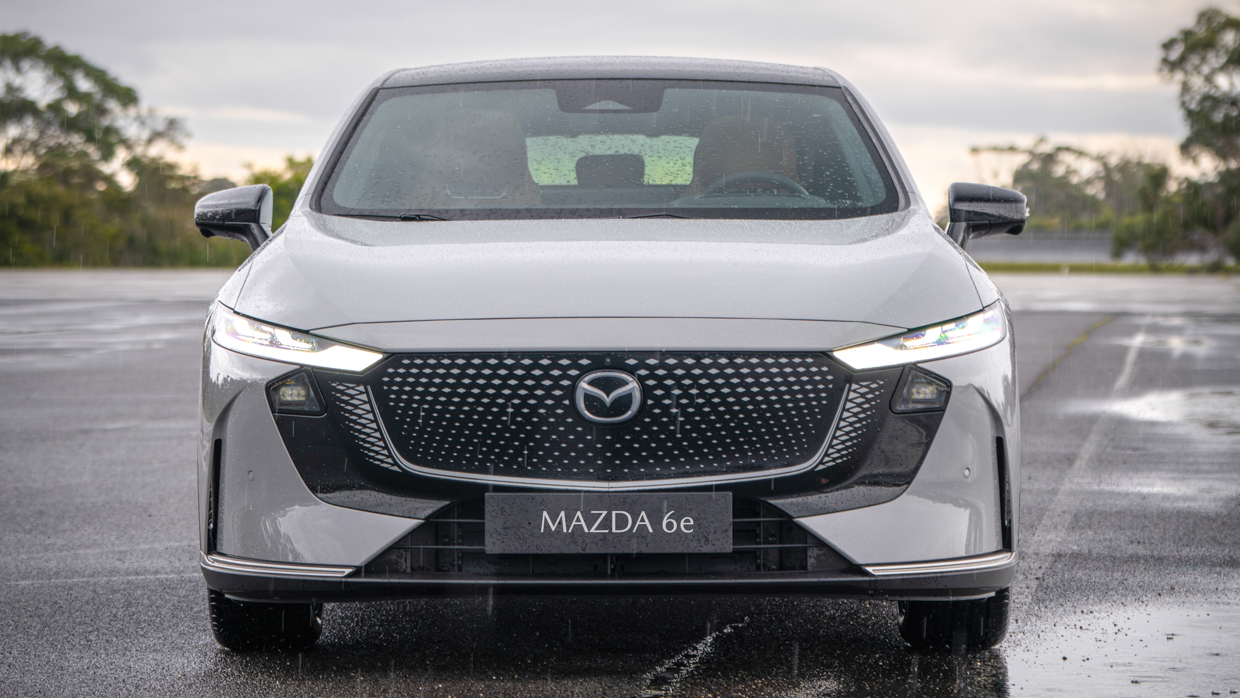
In disagreement, the Mazda 6e is amazingly tender – most definitely too tender in its modest accelerative efficiency above 100km/h and its comparatively ineffectual regenerative-braking response, even when spot to ‘solid’.
This powertrain overview isn’t in actuality staunch seeing Australia shall be getting a unfamiliar 78kWh LFP battery and a 190kW power output (the torque resolve has no longer been released as but), that manner our Mazda 6e can also effectively offer stronger acceleration and additional of a efficiency in actuality feel – which we hope it does.
The Mazda 6e’s electric guidance calibration and damping tune are also anticipated to receive additional tweaks sooner than Australian on-sale within the 2d quarter of 2026, but for now, signs are promising.
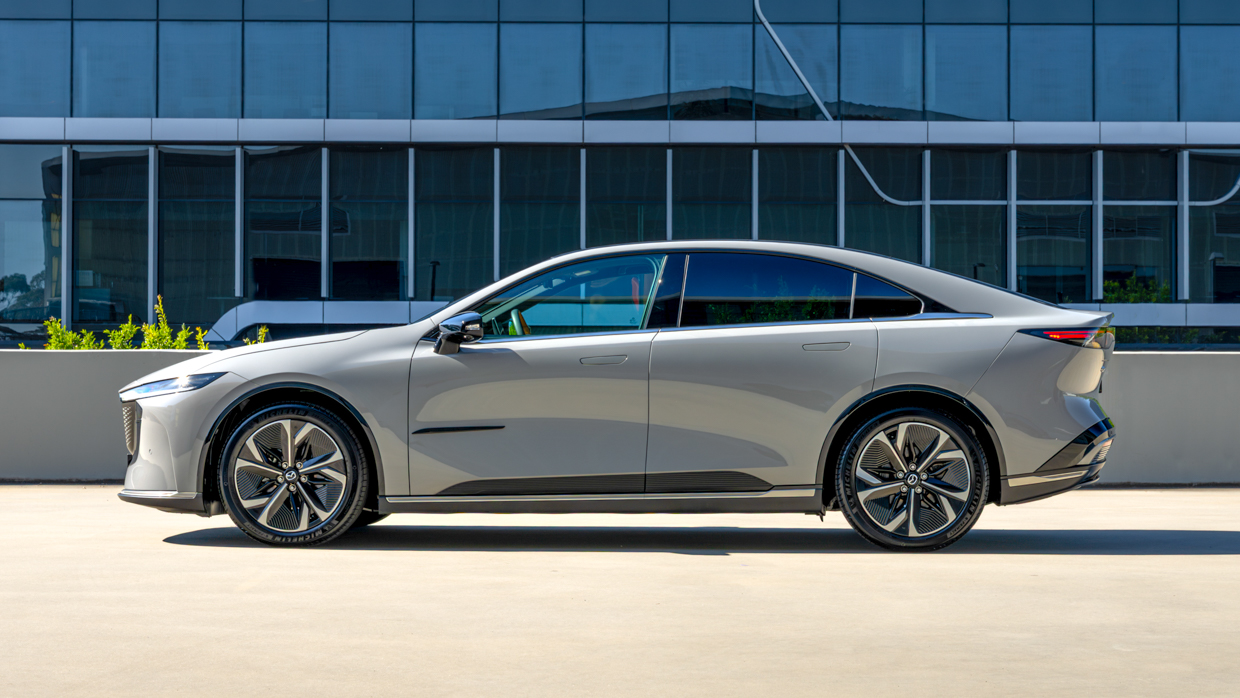
While the guidance weighting in ‘Chuffed’ remains gigantic-gentle, even after Europe’s EPAS tweaking, there’s a level of weighting save-up below preliminary flip-in, but no longer enough in sooner corners.
‘Sport’ and ‘Custom-made’ drive modes allow for a firmer guidance tune, which is a ways extra in accordance to Mazda’s DNA (even though mute gentle when put next to a CX-60 or CX-80) and combines effectively with the short-geared guidance rack handing over 2.5 turns lock-to-lock.
Guided by a unbiased appropriate two-spoke leather wheel, the 6e steers keenly and precisely, with none nervousness.
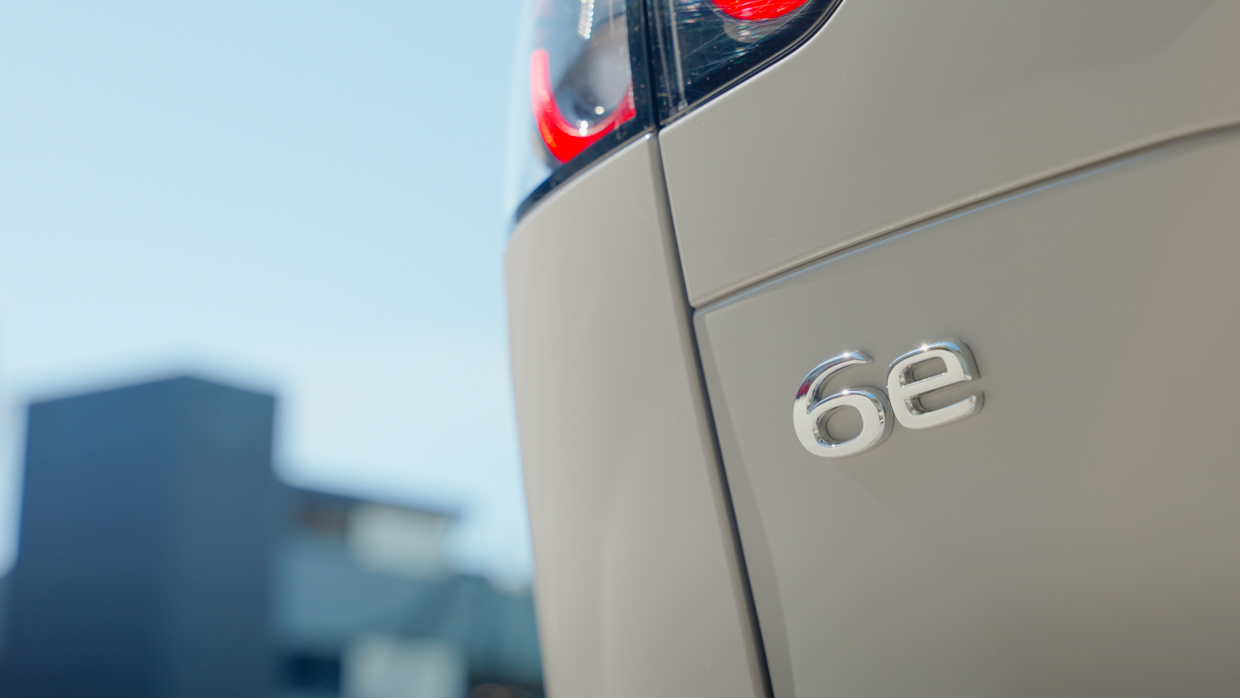
Loaded up round Lang Lang’s race and handling loop, the 6e displayed a unbiased handling balance and a confident stance (weight distribution is cease to 50/50), with a amassed level of rear-cease adjustment too – extra so than we had been anticipating after listening to Alexander Fritsche’s description of the ESC’s conservative tune concerning oversteer mitigation.
But pushing difficult via undulating corners while testing the Mazda 6e’s damping, it tended to squirm extra than anticipated, enticing the ESC with a chirp at the rear cease as it braked the rear tyres attempting to cease roll-oversteer. In that regard, it’s mute no longer quite as tight by manner of physique defend an eye on as it’ll be.
That said, it rode effectively over the lumps and bumps encountered at Lang Lang, in spite of wearing 19-ride wheels, so with a bit of of luck Mazda doesn’t bolt too a ways within the diversified path and teach but one other unhappy-utilizing EV, or an over-company race just like the CX-60 four-cylinder.
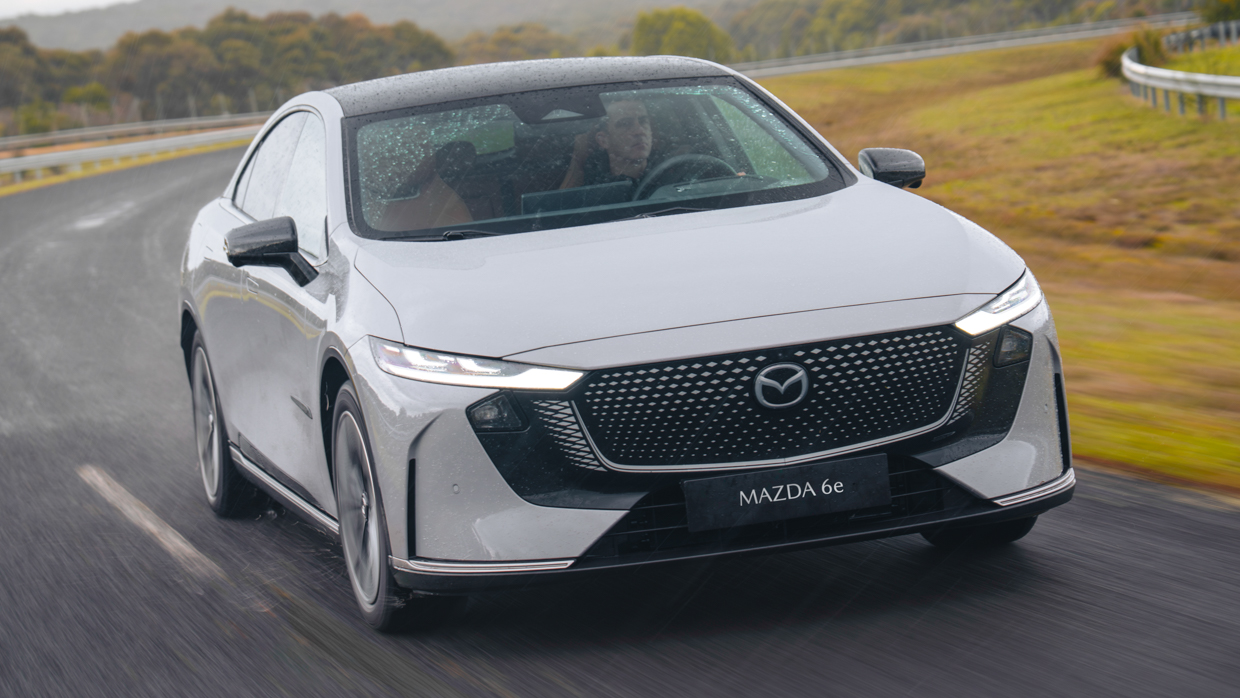
The 6e also demonstrated its physique power over corrugations and severe undulations, in spite of it having frameless doors, even though the motive force’s window did suffer from some wind intrusion at three-resolve speeds on what changed into a extraordinarily windy day.
In a roundabout arrangement, to the cabin. Our test 6e’s tan interior treatment with perforated Alcantara upholstery felt pleasantly luxurious, mixed with impressive seat pork up, a extraordinarily Mazda-esque utilizing build aside, gargantuan forward imaginative and prescient, and a satisfyingly solid ‘thunk’ when closing the frameless doors.
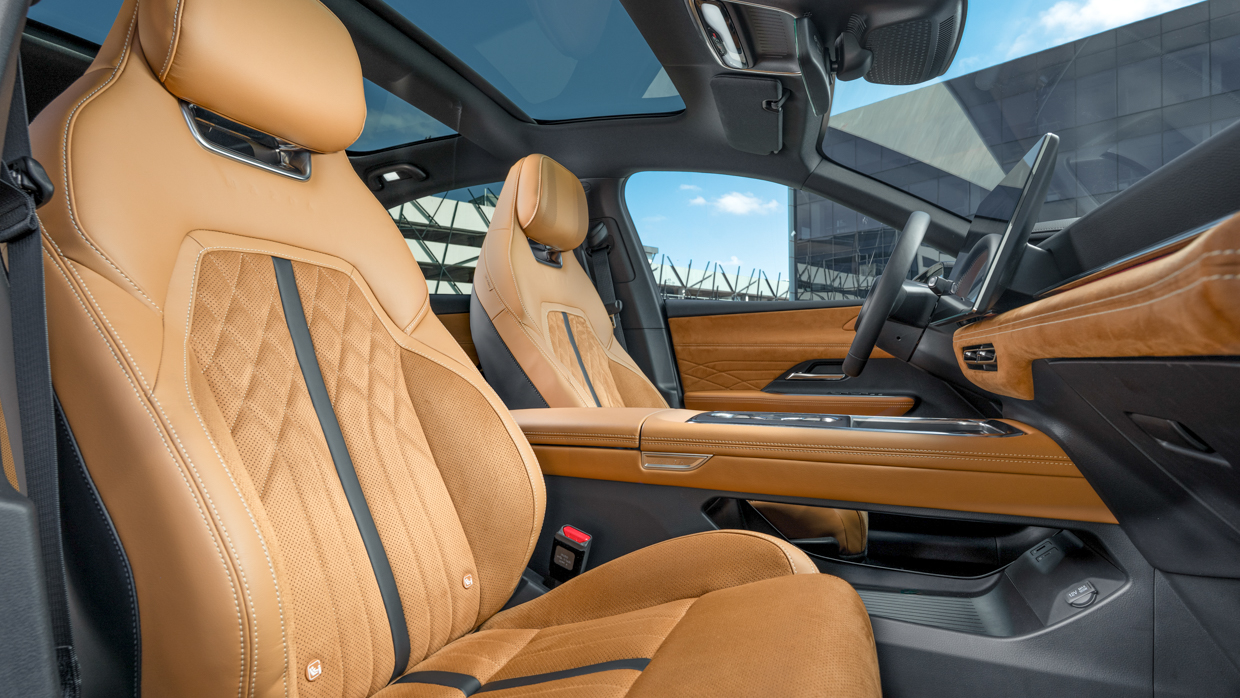
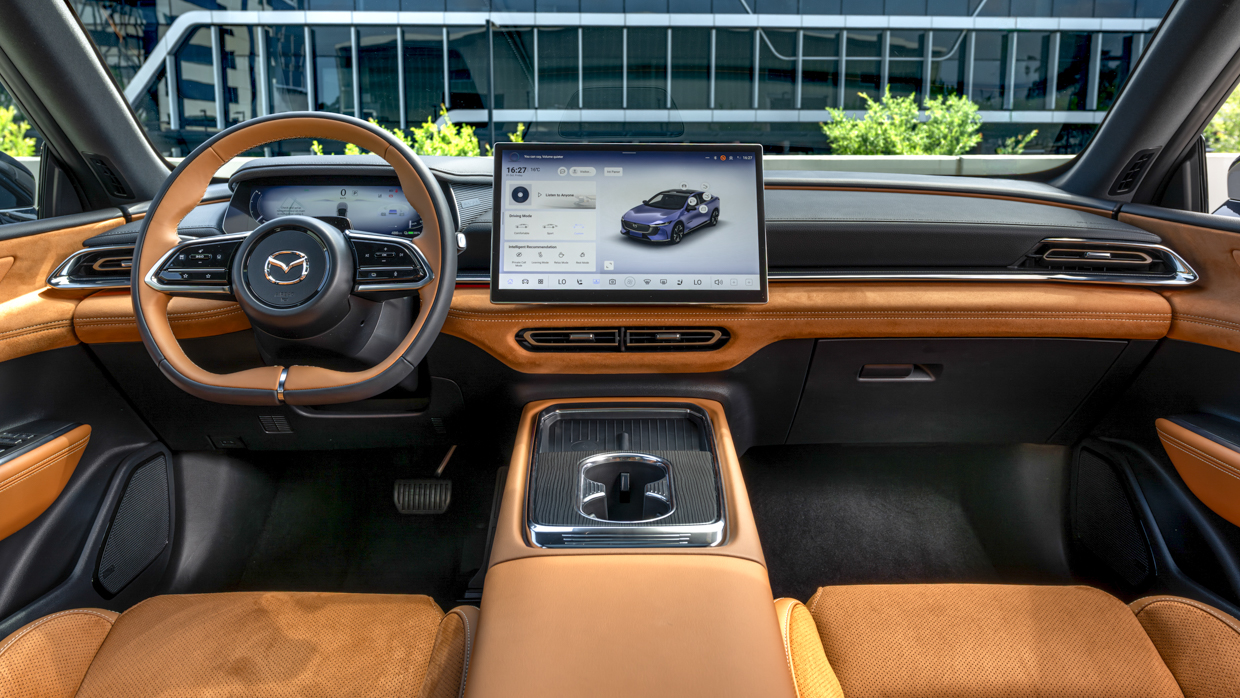
The gigantic centre touchscreen regarded quite amenable too, even though you wouldn’t name its graphics ‘top class’, or very Jap.
I’m no longer personally sold on the styling both – it appears to be like to be somewhat thick-limbed for me when put next to the svelteness of the earlier Mazda 6 – even though it appears to be like to be better within the flesh than in photos and can pop better in colours diversified than our test automobile’s insipid grey. Composed, no longer lower than the inside isn’t also grey!
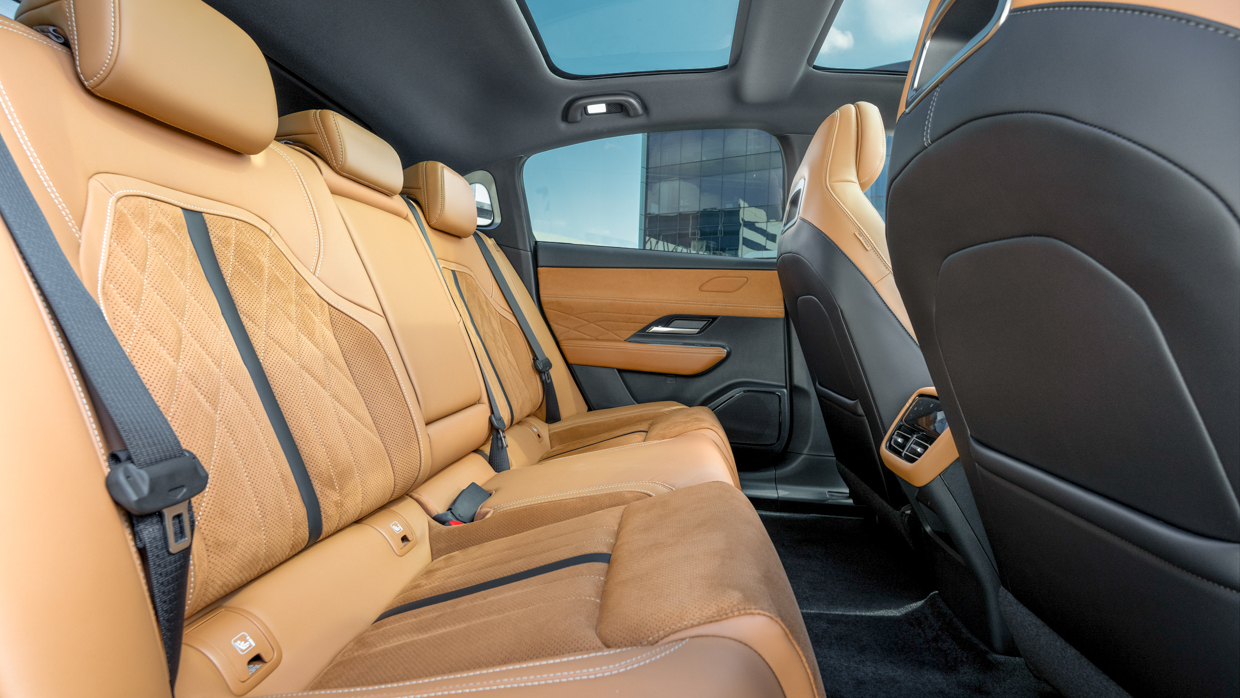
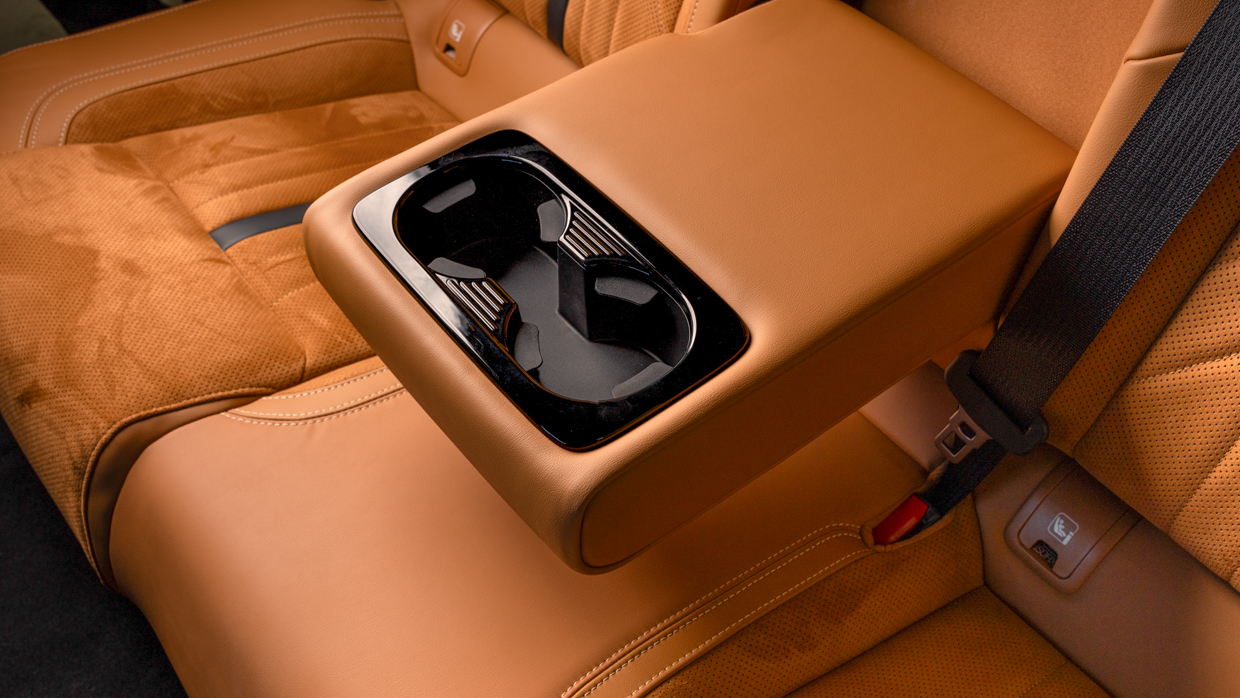
Mazda Australia hasn’t confirmed the 6e’s variant line-up for its Q2 2026 originate but it with out a doubt shall be a puny, high-spec fluctuate of no longer lower than two variants (the cease seemingly being called Atenza, with the identical spec because the automobile featured right here), starting at lower than $55,000 sooner than on-motorway prices.
Right here’s hoping that the additional elegant-tuning of the guidance, damping, active-safety systems and powertrain calibration delivers a bit of firmer weighting, a bit of tighter damping resistance at better speeds, stronger regenerative braking response and a stronger efficiency in actuality feel.
If the engineers can possess that while keeping the charging time below 25mins from 10-80 p.c and the WLTP fluctuate someplace come 550km, then the Mazda 6e has a good likelihood of making a tight influence as Mazda’s first pukka EV.
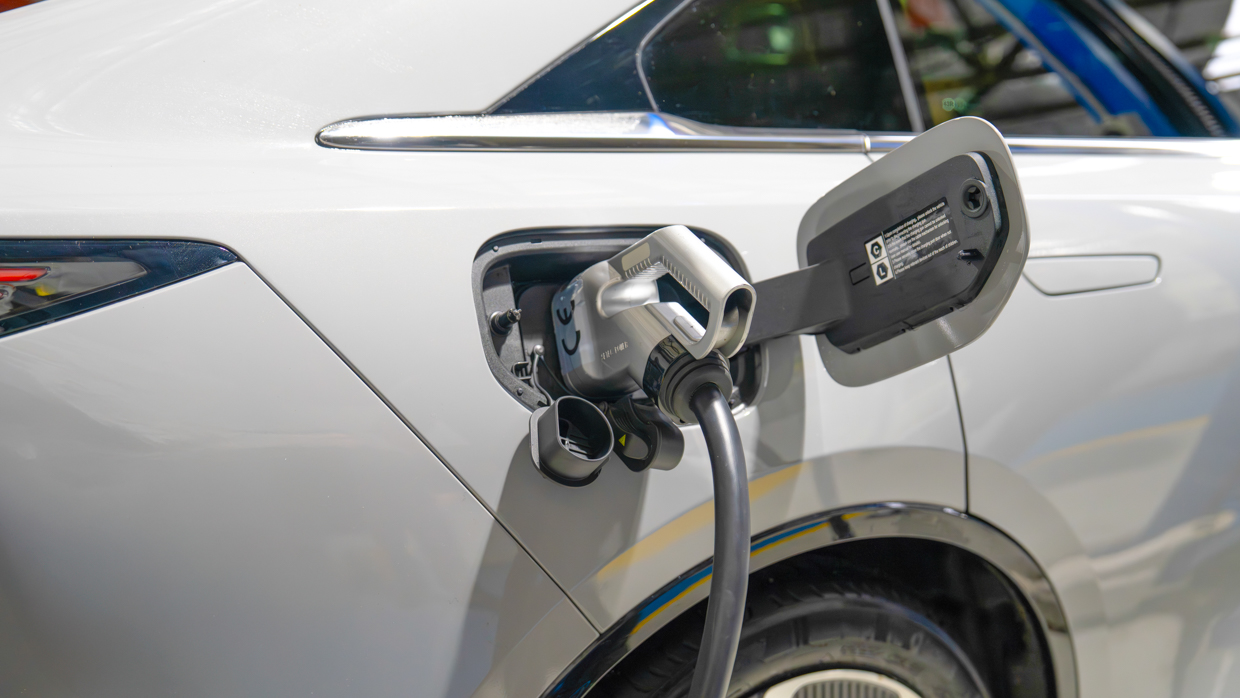
And if they’ll a technique or the other also catch the connected Mazda EZ-60 electric SUV in-constructed shining-hand drive and exported as a CX-6e, then the Hiroshima-based firm shall be onto a extraordinarily unbiased appropriate thing with its Chinese-constructed electric vehicles.
Source credit : chasingcars.com.au
